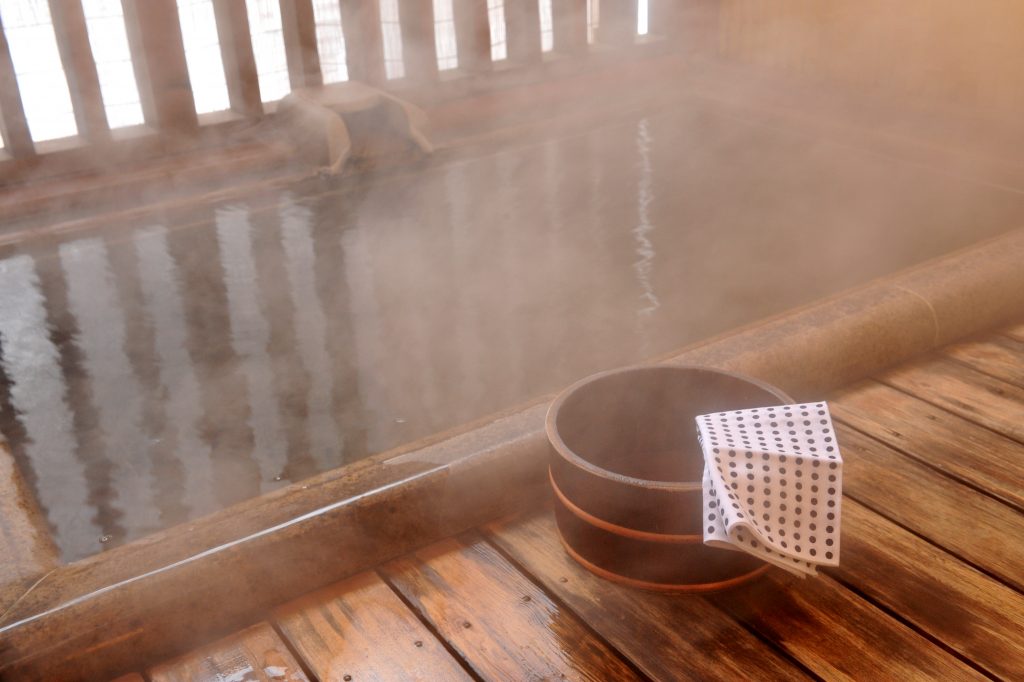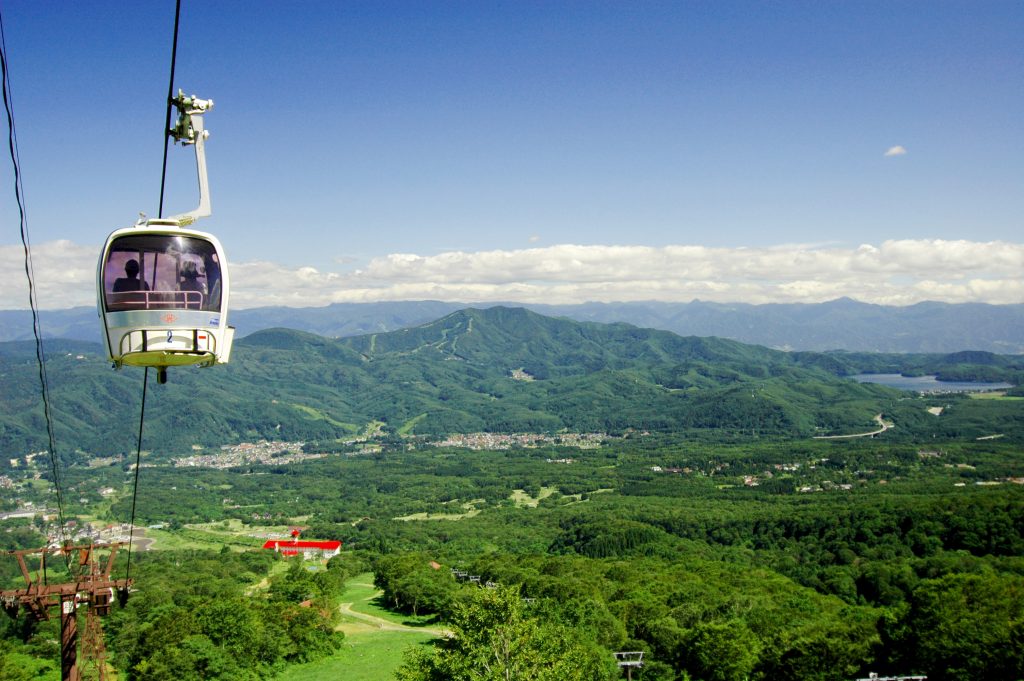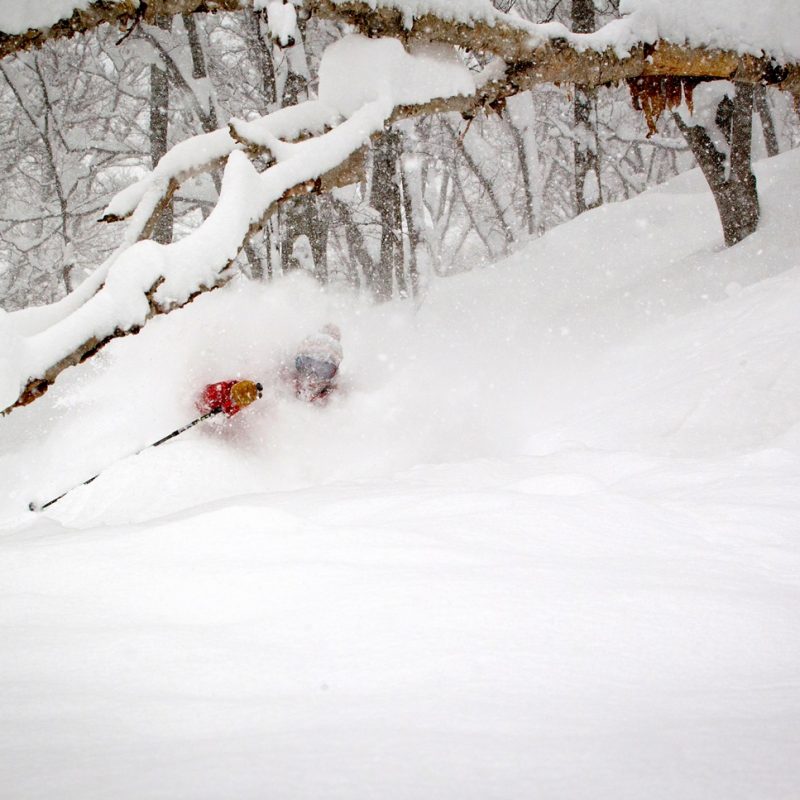DESINATED AS THE FIRST INTERNATIONAL SKI RESORT IN JAPAN
CONTENTS
Akakura Kanko Resort & Spa
Akakura Kanko Hotel
Luxurious Premium Building
Myoko Kogen Sky Cable
Hotel A Course & Champion A Course
Gelende Restaurant
Cafe Terrace
Akakura Onsen Snow Resort
Trail & Kids Park
Myoko Snowspots
Restaurant
Myoko Akakura Onsen Snow Resorts
Akakura Onsen Town
Ryokan & Food & Sake
Onsen tamago & Onsen Manju
Myoko Kogen Onsen Area
Akakura Onsen
How to Enjoy Onsen in Myoko, About Onsen Sommelier
Taki no Yu
Teyu and Neyu at Akakura Onsen
Naena Taki Waterfal
Sasagamine Plateau
Okakura Tenshin Rokkakudo Hall
Seki River Border Checkpoint
Therapy Roads
Outdoor Activities
Okakura Tenshin Rokkakudo Hall
Nojiriko Lake
Arai Michi no Eki
Sekiyama Shrine
Four Seasons of Myoko
Imori Pond
Food Culture of Myoko
Local Sake Breweries
Apa Resort Apallusion
Bus TourCafe & Primos
Mt. Myoko” is the highest mountain within the “Myoko Akakura” and is counted as one of the top 100 mountains in the country and within the “Hokushingogaku” peaking 2,454 meters in altitude. The Myoko Akakura is renowned for its high snow accumulation (an average 13 meters per year) and there are many ski resorts. In recent years, many skiers and snowboarders from all over the world are gathering in search of deep powder. A total of 9 ski resorts in Myoko the style of Myoko resorts have a distinctive Japanese atmosphere to it.
It is also internationally famous for its hot spring Onsen. Enjoy the Onsens after skiing and snowboarding on the slopes and relax your body and mind. “Myoko Onsen”, “Akakura Onsen”, “Shin Akakura Onsen”, “Suginosawa Onsen”, “Seki Onsen”, “Ikenotaira Onsen”,”Tsubame Onsen”and more can be enjoyed.
Let’s go out to a spa town where many stores such as Izakaya, restaurant, ramen shop, souvenir shop etc. where you can eat fresh fish dishes of the Sea of Japan, warm your body with hot springs after having played on mountain all day.
Akakura Kanko Resort & Spa
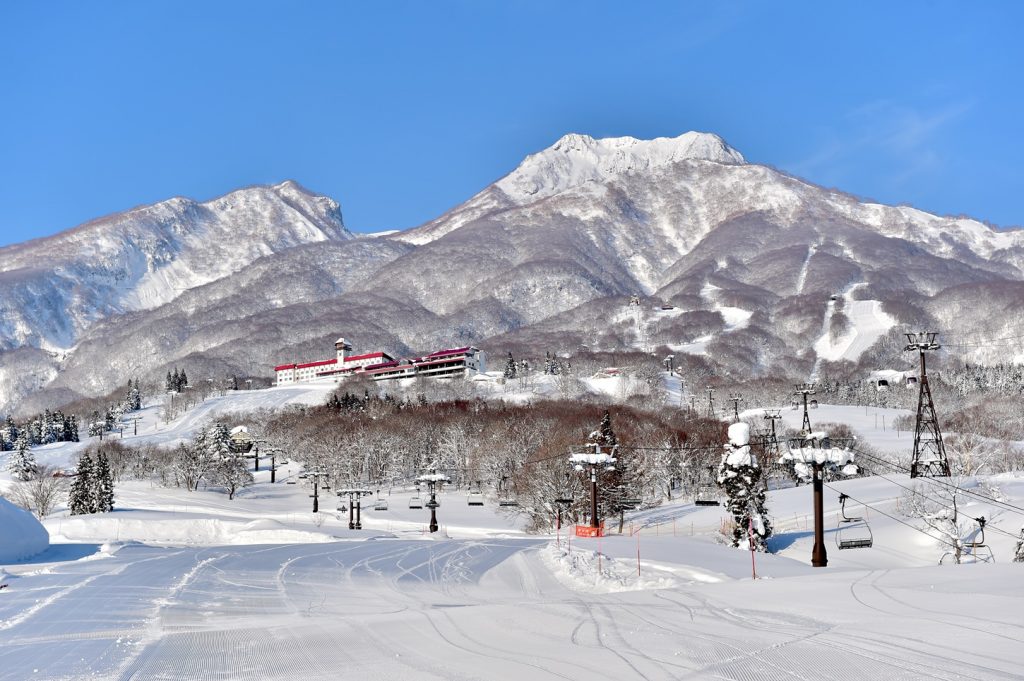
On December 12th, 1937, the Akakura Kanko Resort & Spa was established as the first international ski resort in Japan. The Myoko area, where Akakura Kanko Resort was created, is a renowned location with heavy snowfall which allows this snow resort to have a longer season from December to May. A downhill of 4.5km in length from the top with an altitude of 1500m can be enjoyed here. Akakura Kanko Resort holds two areas: the Sky Cable (gondola lift) area and the Champion ski slope area. The Sky Cable takes guests straight to the top of the mountain whilst passing through gorgeous natural scenery. This area is equipped with four high-speed quads with outstanding transportation capability. From the top, the Hotel A course offers ungroomed fresh powder snow as well as the Champion A course which also offers a unique experience with ungroomed snow. Below the hotel, a ski slope for elementary to intermediate level skiers can be found which is great for both beginners and families. Also, the daily maintained AKAKAN PARK provides many snow features that can be enjoyed by beginners to experts. The area on the Champion terrain side contains the Champion No,1 Quad lift with its single broad course suited for beginners and families. The Champion A course is a dynamic powder course with on a 32 degrees angle and is for experts only.
216 Tagiri, Myoko-shi, Niigata-ken
949-2102,
TEL:(+81)– 255-87-2503
Akakura Kanko Hotel
This historic hotel has been around since 1937 and has seen visitors from around the world pass through its doors over the years. Located right on the Akakura Kanko ski slope, it’s the ideal place to stay whether you’re looking for an easy ski-to-door resort or gorgeous vistas while relaxing in an onsen. You don’t have to stay in the hotel to enjoy the views, as the hotel has a spacious terrace restaurant which you can visit at any time of year. With world-class skiing in the winter and local wildlife and gorgeous vistas throughout the rest of the year, the Akakura Kanko Hotel and the surrounding resort area is truly a spot for all seasons.
Take a ride on the Myoko Kogen Sky Cable and travel up into Mt. Myoko, the tallest mountain in the area. A popular skiing spot during the winter months, there’s a lot to explore regardless of the season. From lengthy trekking trails and panoramic lookout points to a restaurant with great views, you’ll get to see the best of the Niigata area from this one spot.
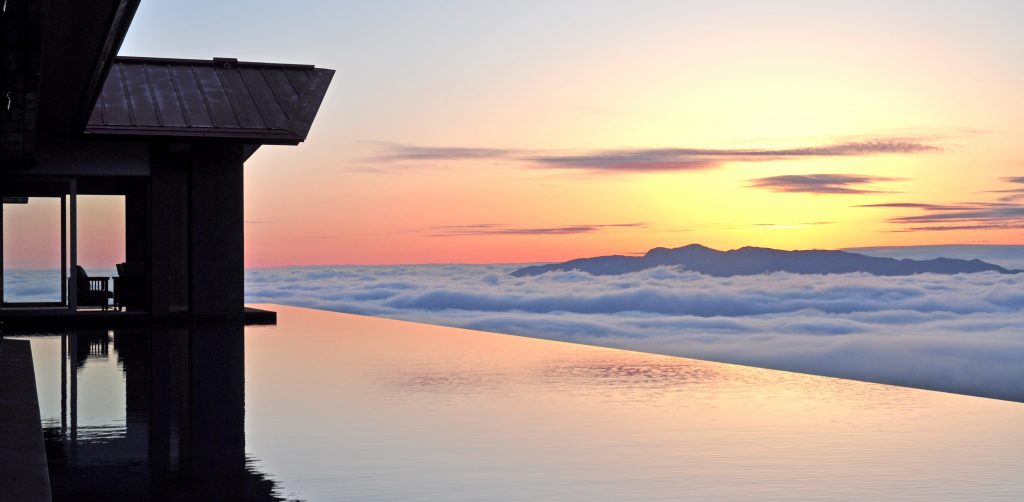
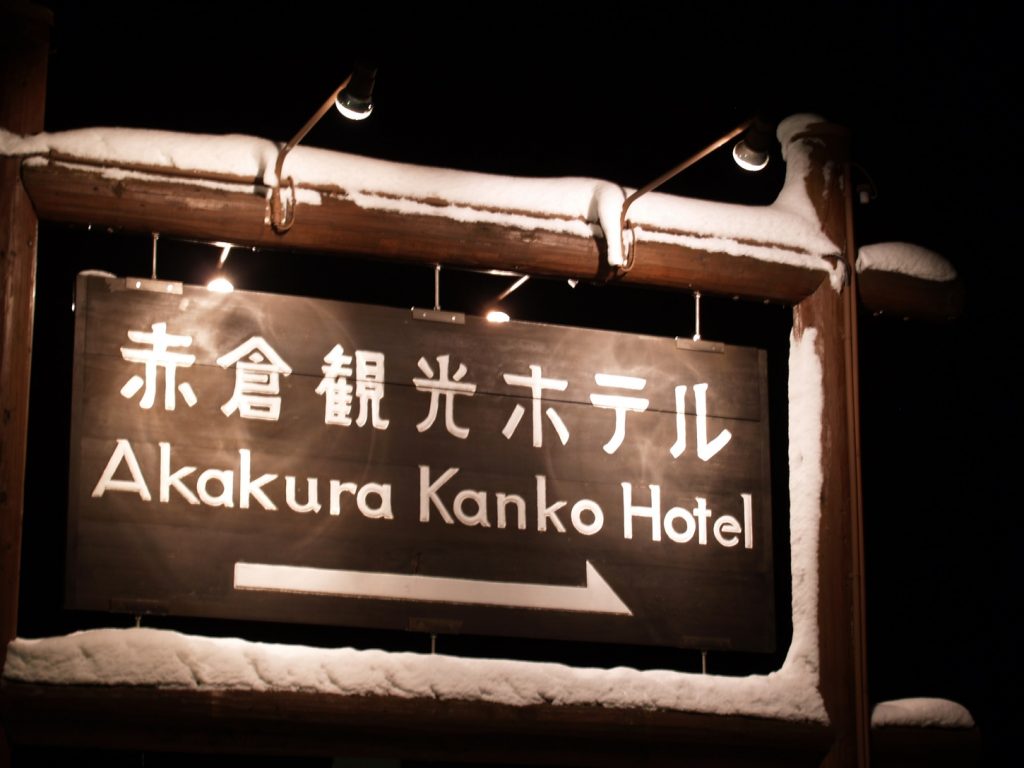
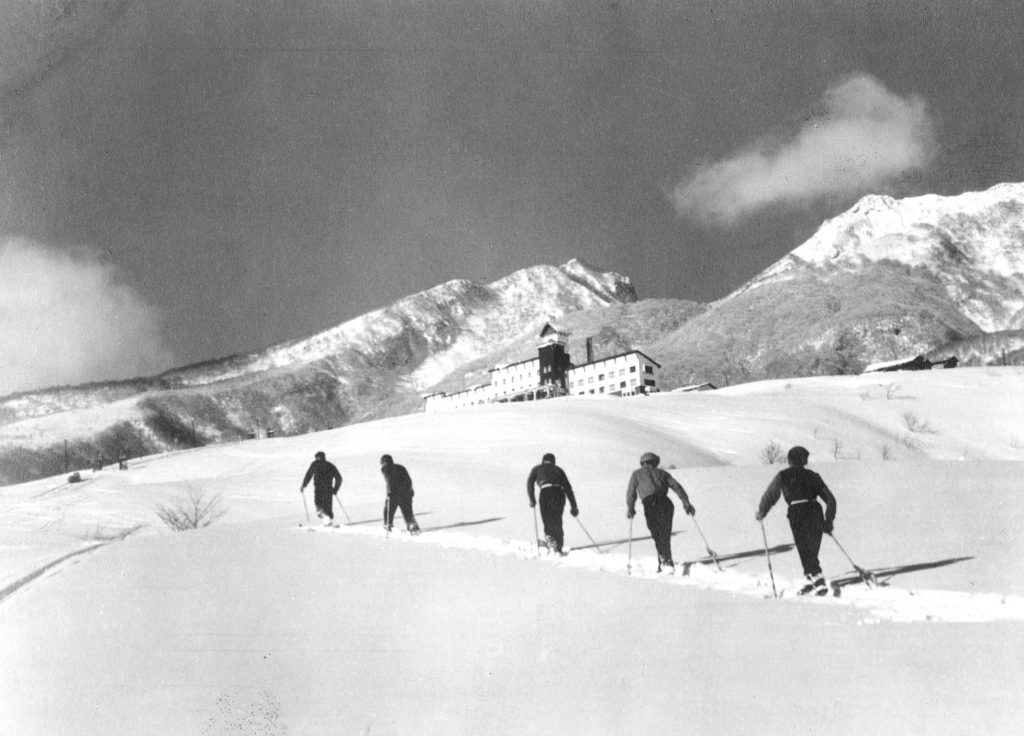
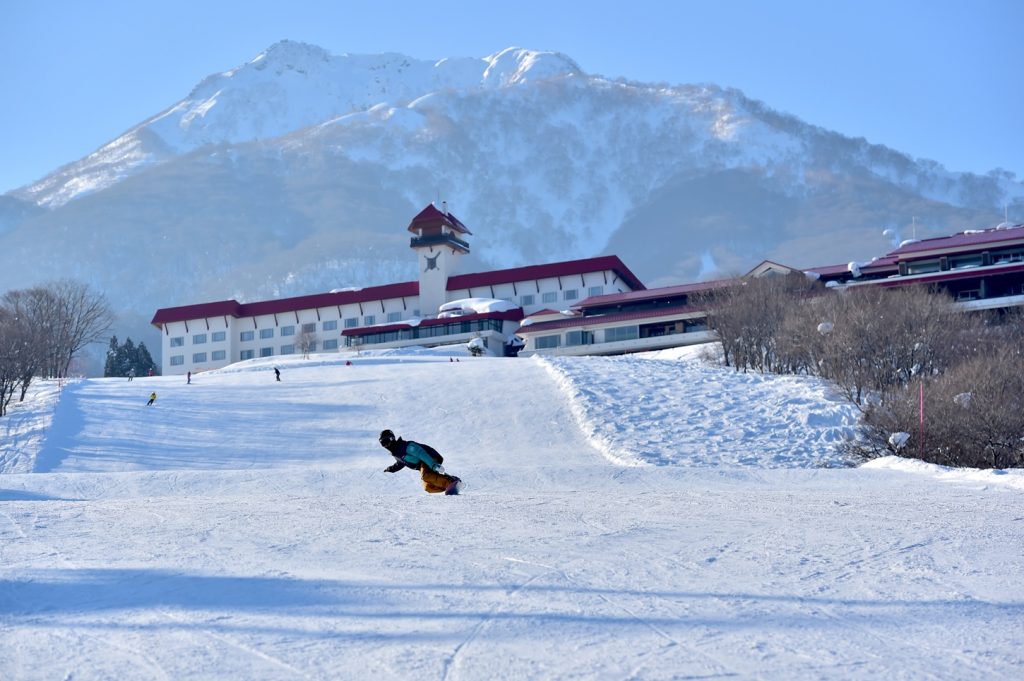

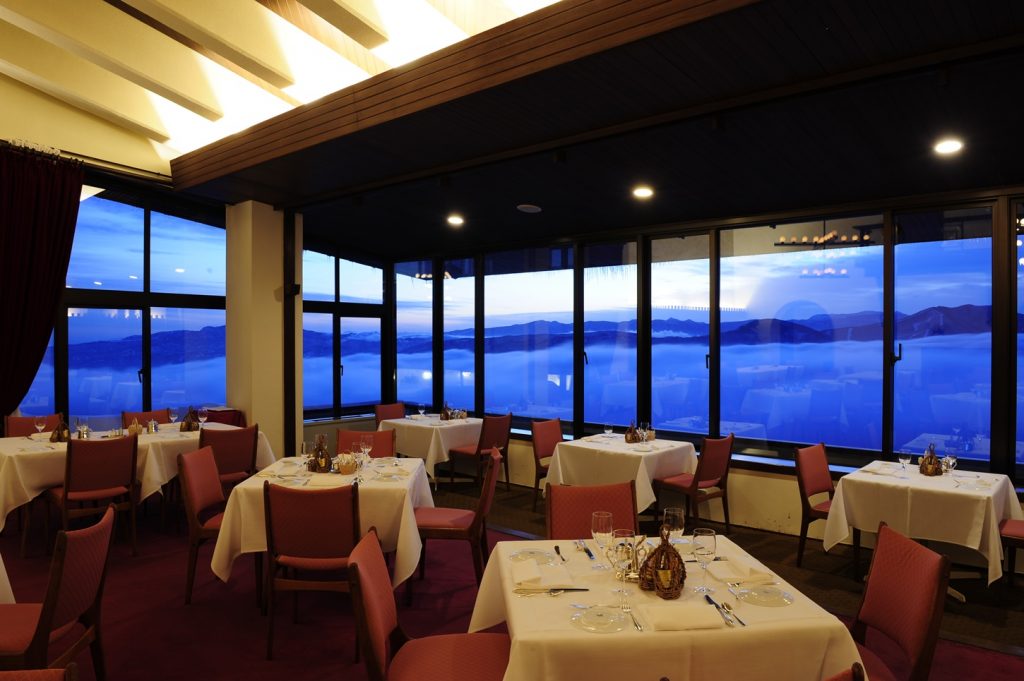

Luxurious Premium Building
The new building ‘Luxurious Premium Building’ offering 13 rooms with open-air hot spring bath, 6 single rooms and a restaurant on the top floor with 42 seats was completed in December 2016. Splendid views of the ‘sea of clouds’ and ‘sunrise from heavenly hot spring’ can be experienced only from the ‘Luxurious Premium Building’. The ‘Terrace room with open-air hot spring’ is recommended for guests who want to enjoy the exclusive views from the hot spring privately.
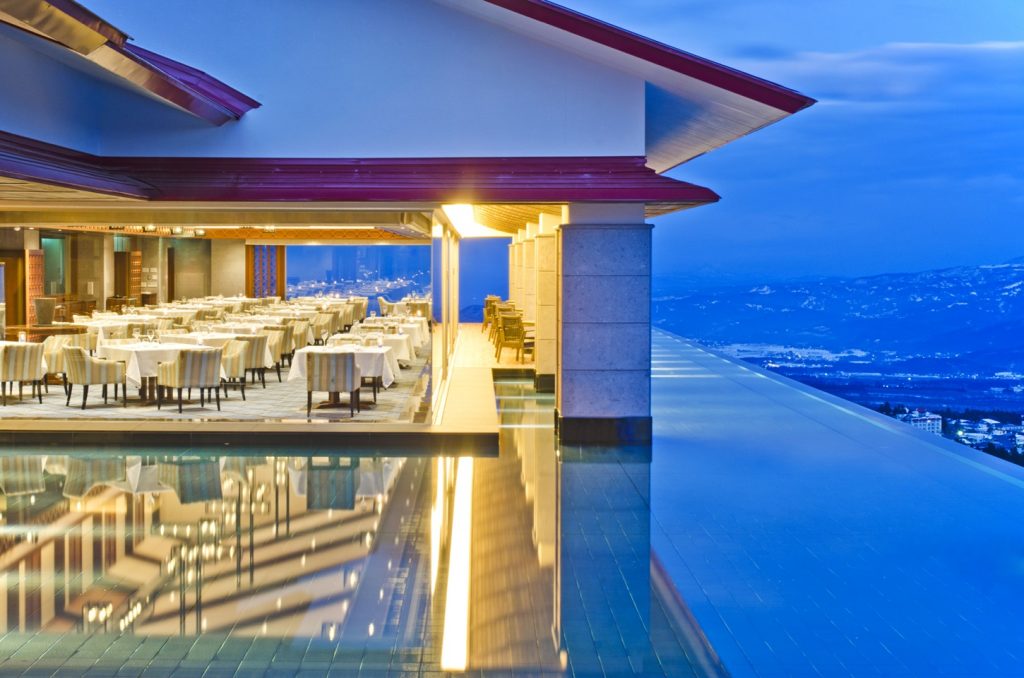
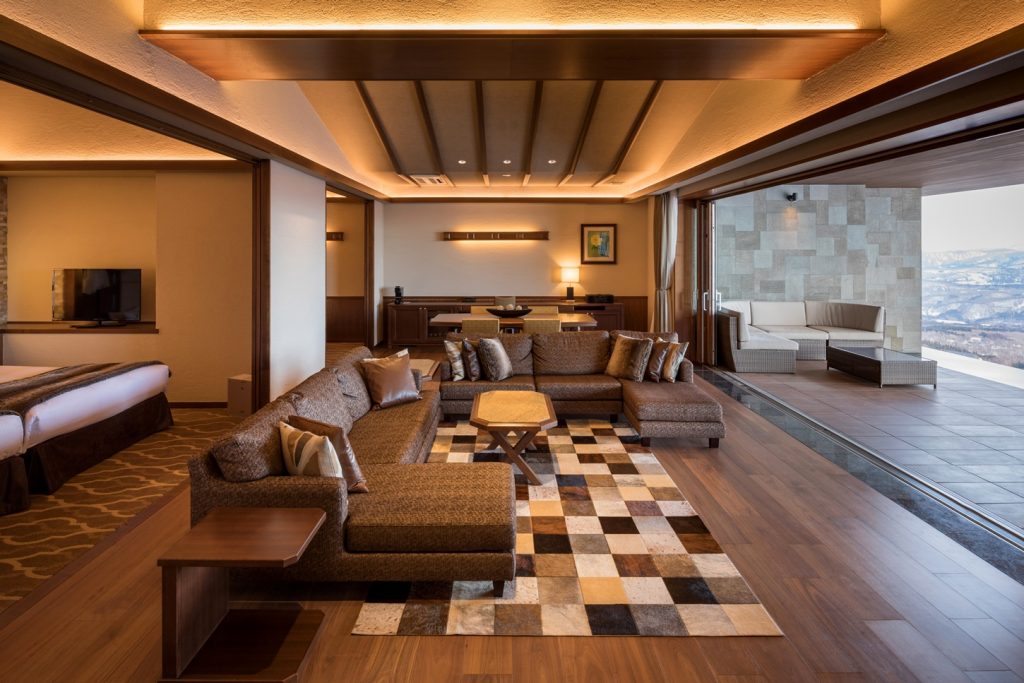
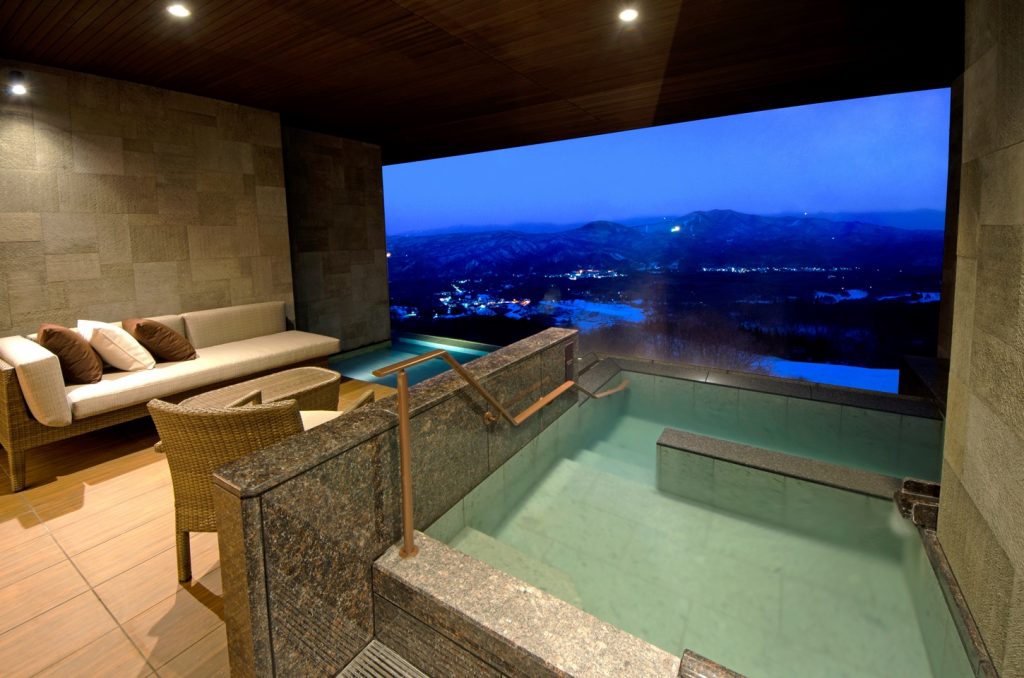
Myoko Kogen Sky Cable
Take a ride on the Myoko Kogen Sky Cable and travel up into Mt. Myoko, the tallest mountain in the area. A popular skiing spot during the winter months, there’s a lot to explore regardless of the season. From lengthy trekking trails and panoramic lookout points to a restaurant with great views, you’ll get to see the best of the Niigata area from this one spot.
On clear days, the scenic plateau allows you to see as far north as Hotokegamine in Nagano and south towards Mt. Azumaya, and even Sado Island in the distance. When the weather is overcast down in Myoko, it is sometimes possible to pass through the clouds in the sky cable, giving you sunny weather and gorgeous vistas of white clouds unfolding for miles.
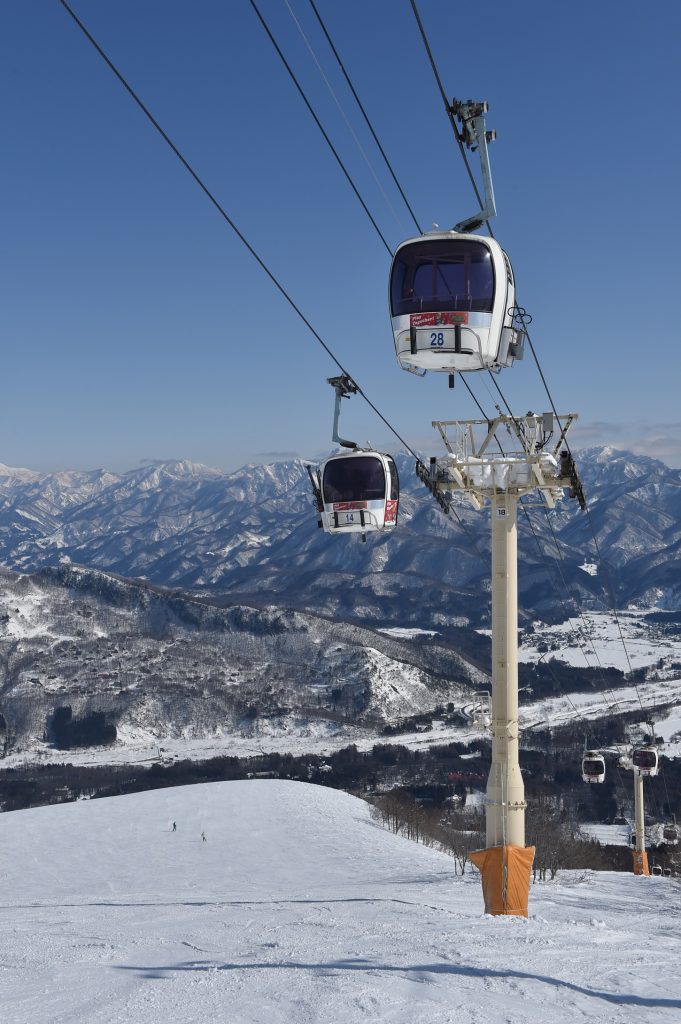
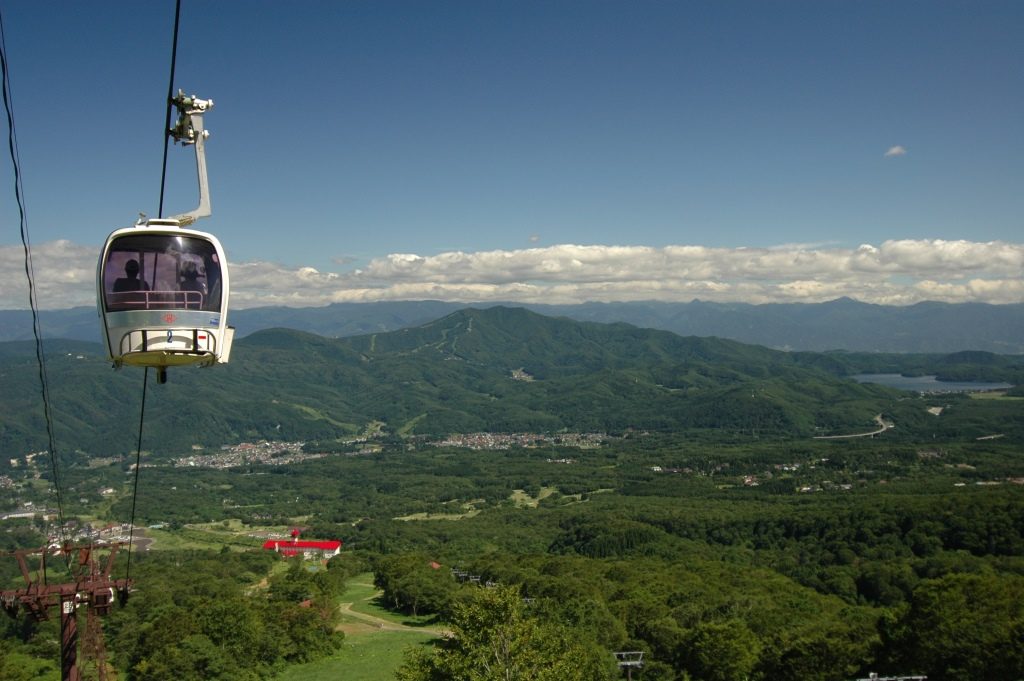
Hotel A Course & Champion A Course
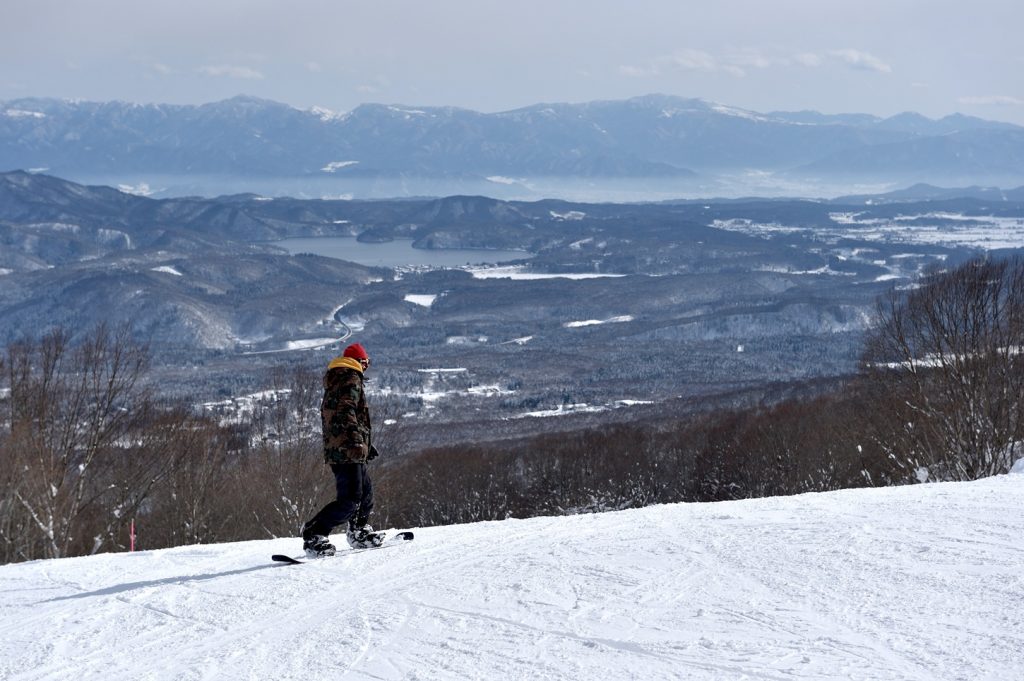
Myoko is a preeminent area with heavy snowfall. The Hotel A course and Champion A course are ungroomed fresh powder snow courses where you can ride their fresh powder snow everyday.
Gelende Restaurant
A wide range of menus are offered at Akakura Kanko Hotel Main Dining Room Sorviers、Restaurant Ibis、Restaurant Hetre、Restaurant Mapl and Crepe and Coffee Shop Burnet.
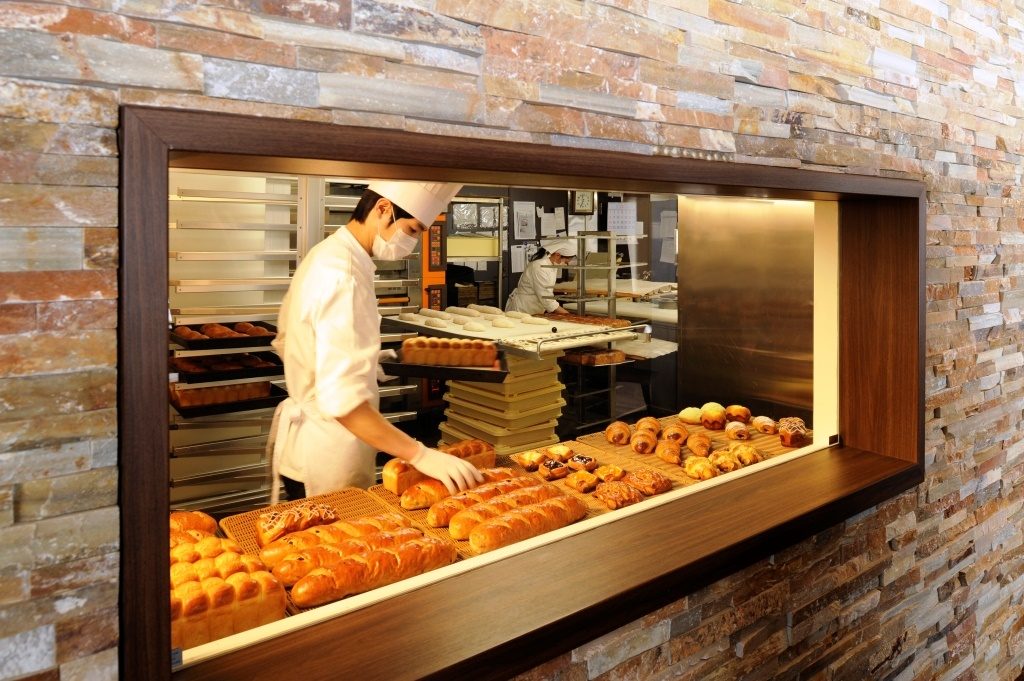
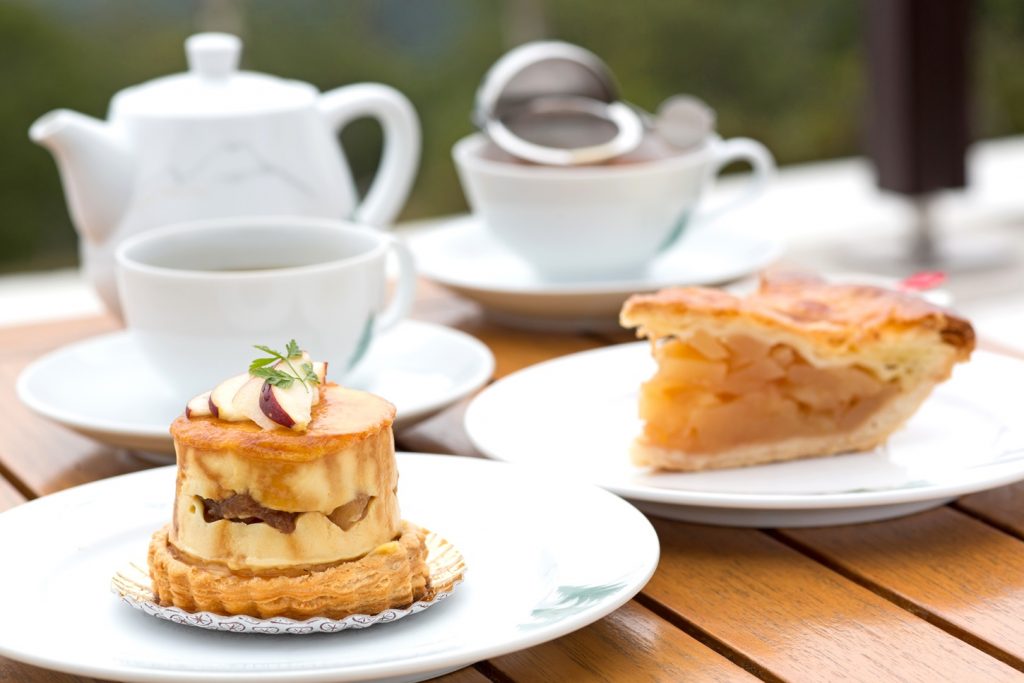
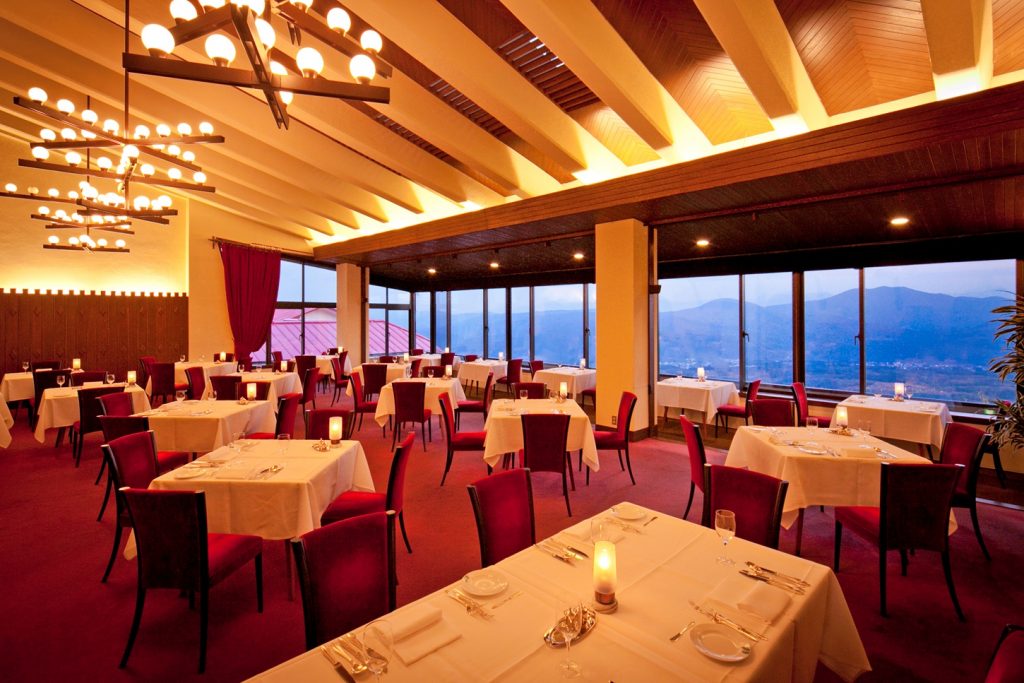

Cafe Terrace
The Cafe Terrace in Akakura Kanko Hotel can be accessed without taking off your snow boots straight from the Hotel Main slope side. Overlooking the mountains including Mt. Madarao and Lake Nojiri, the shop oozes a relaxed atmosphere. The Cake set menu which includes a cake of your choice and a drink is its most popular menu. Freshly baked breads are baked daily from 10:30am and are sold at the shop. Dining space is also available.
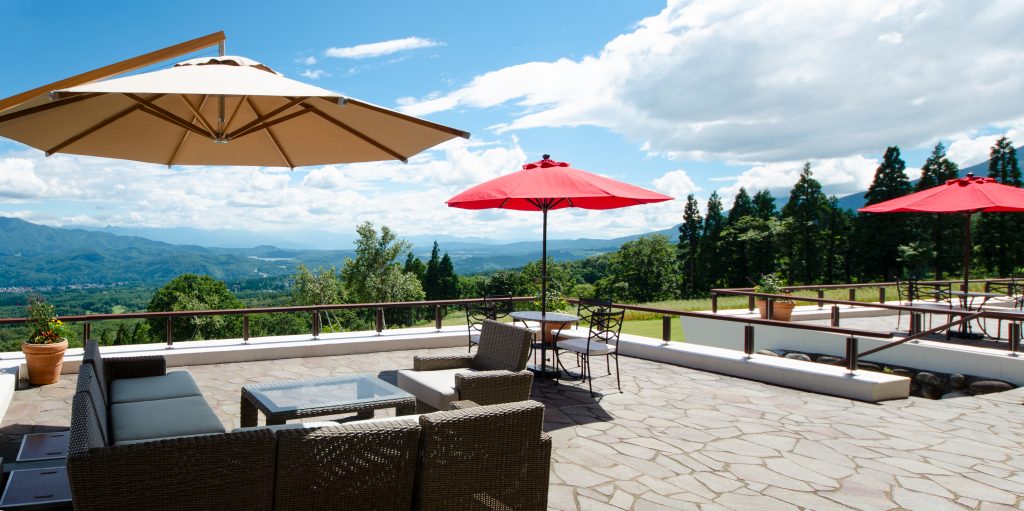
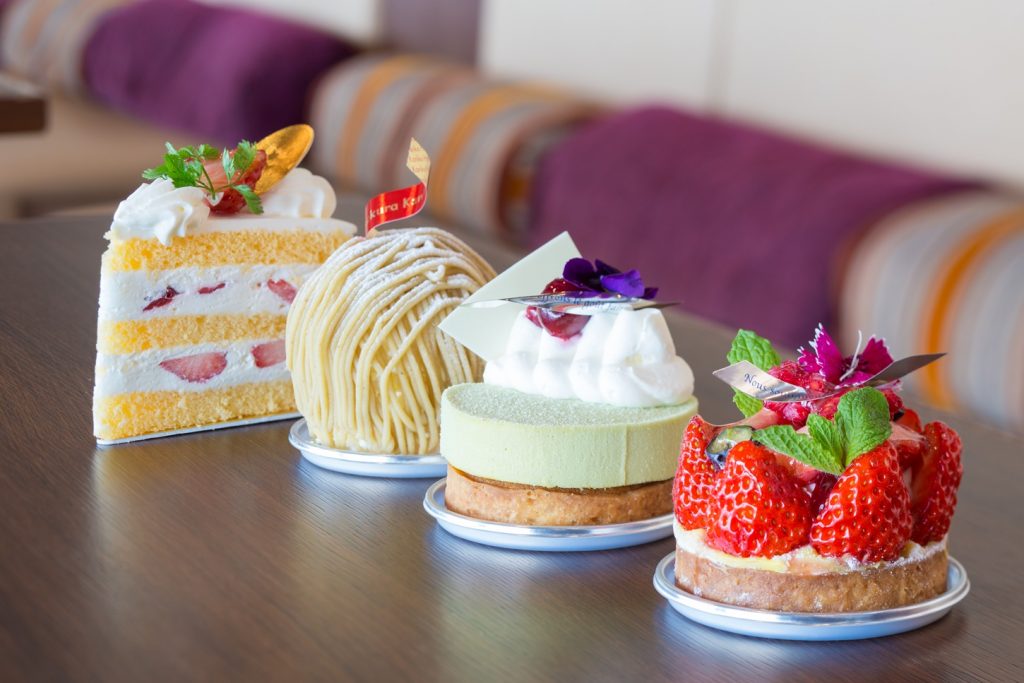
Cafe & Primos
Next to the Sky Cable terminal is Cafe & Primos. Everything you need including the snow school reception desk, changing room, and rental shop is within the Sky Cable terminal.
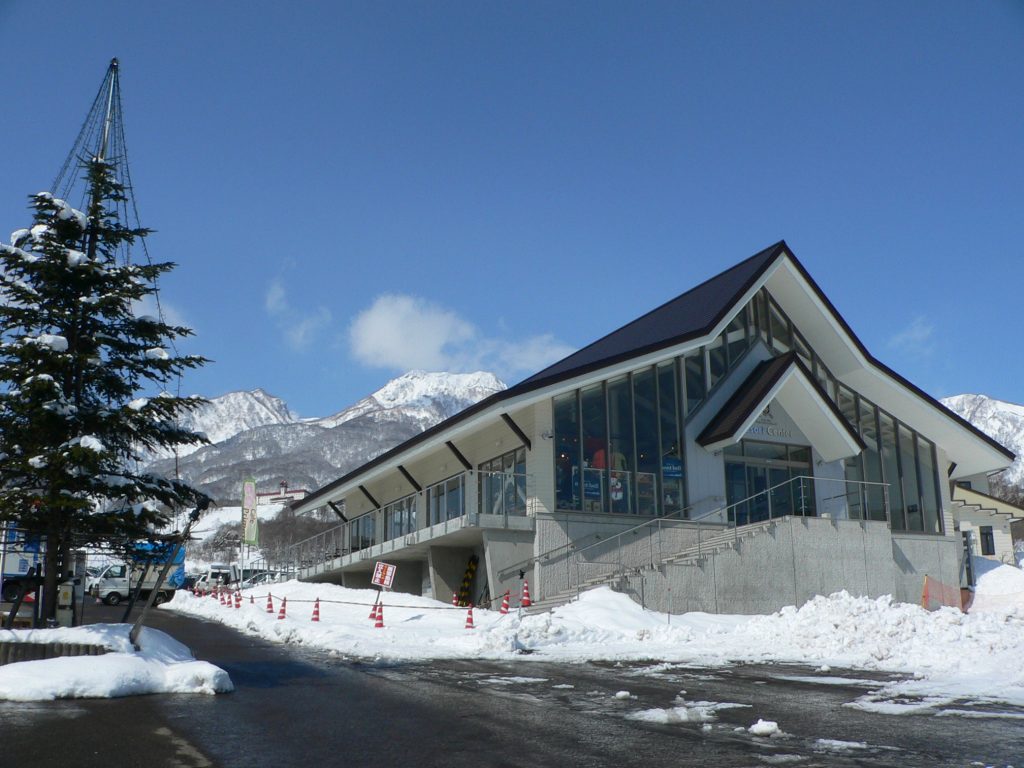
Akakura Onsen Snow Resort
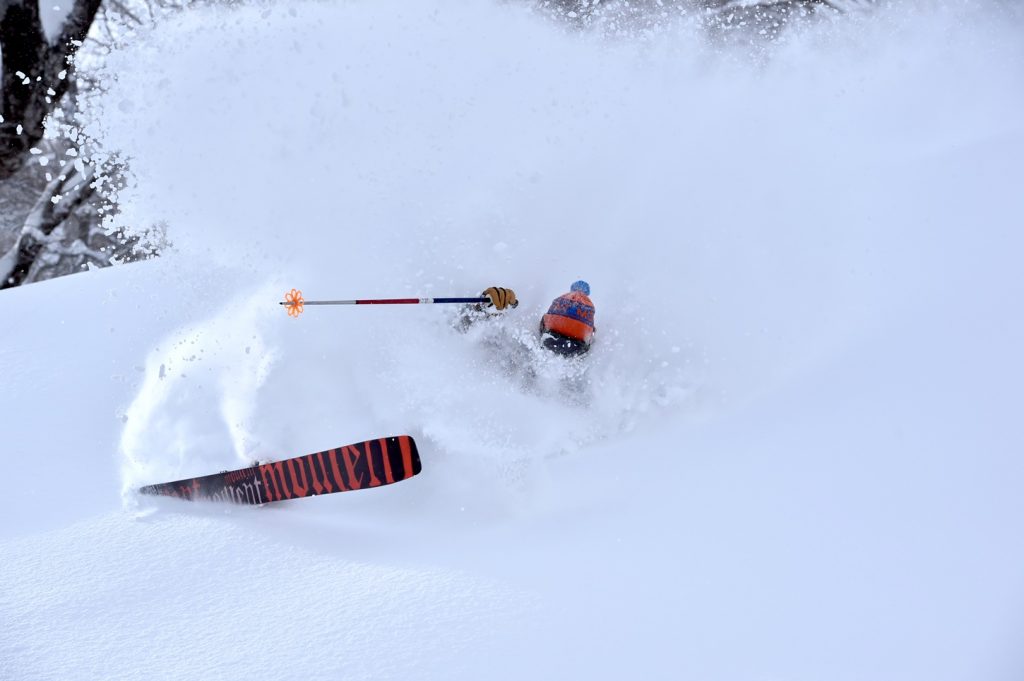
Myoko Akakura’s main peak, Mt. Myoko is one of Japan’s most famous mountains, boasting the highest altitude of 2454 m in Hokushin Goto. Myoko Akakura at the foot of the mountain is one of the best snowfall amounts in Japan (annual average snowfall amount of 13 meters), and large ski resorts gathered. In recent years, many skiers and snowboarders from all over the world are gathering in search of deep powder.
The Akakura hot spring, which has 100% natural snow and outstanding snow quality, has three slopes, “Yodel Gelande”, “Kumado Gelande” and “Ginrei Gelande”, with 17 courses from families and beginners to experts. There are 14 lift as well. Panorama course with free ride park, Utopia course where you can enjoy powder snow, Mogul challenge course where you can enjoy slopes up to 43 degrees, Yodel slopes with open feeling in front of you with Nojiri Lake visible, your level and preference There are many courses to choose from. There is a kids park with a big play tool installed on the yodel slope. Also, you can enjoy nighters every day. There are two in Akakura Onsen ski resort, Yodel Information Center and Kumado Information Center, so you can enter the slopes from either side.
Let’s go out to a spa town where many stores such as Izakaya, restaurant, ramen shop, souvenir shop etc. where you can eat fresh fish dishes of the Sea of Japan, warm your body with hot springs after having played on snowy mountain all day
Trail & Kids Park
Elegant Course is a long course popular among slopes with a total length of 1400 m, maximum slope of 17 degrees, averages of 7 degrees, which anyone can easily enjoy. Panorama Course is a straight course with scenic views. Park items are installed at the top of the course.
The Kids Park in front of Yodel Lodge ‘s restaurant “Yodel Lodge” is equipped with moving belts, slides, seesaws, wooden horse, air play equipment and so on and can enjoy sledding on a big snowy mountain.

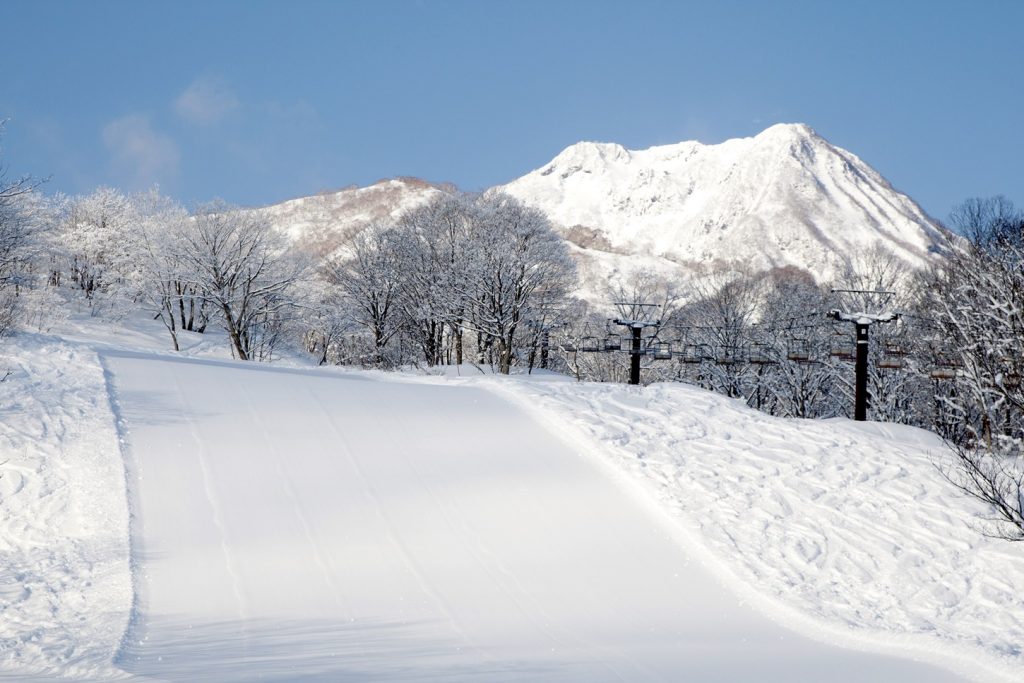
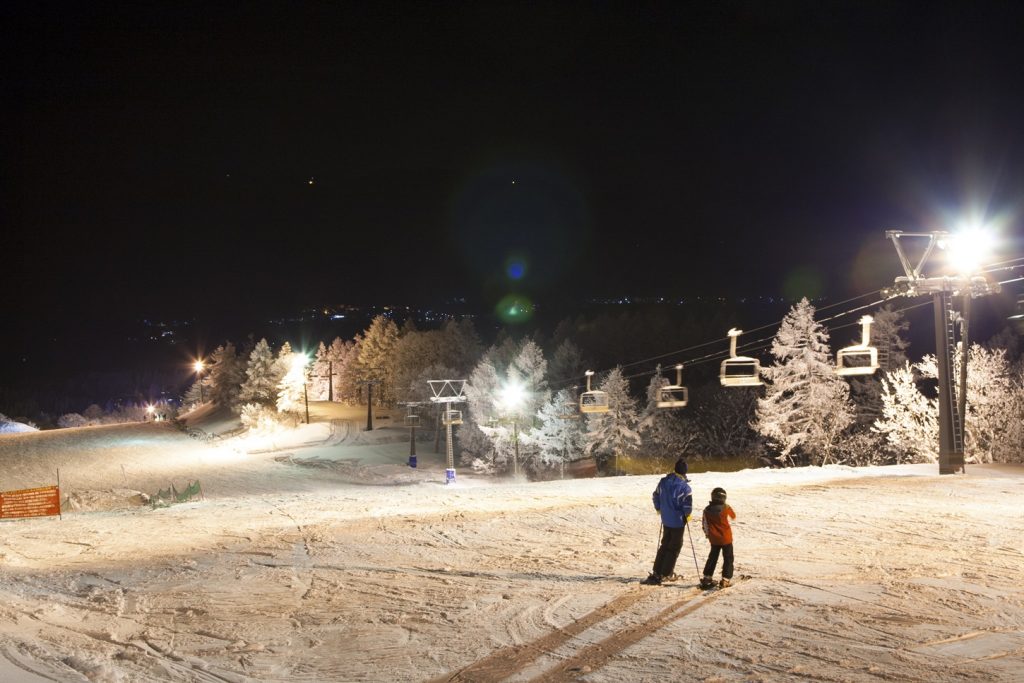
Myoko SnowspoRts
Opened in 2009, Snow Sports International School offers internship qualifications and bilingual instructors offering ski and snowboard lessons. Various programs correspond to the level of all ages and abilities.
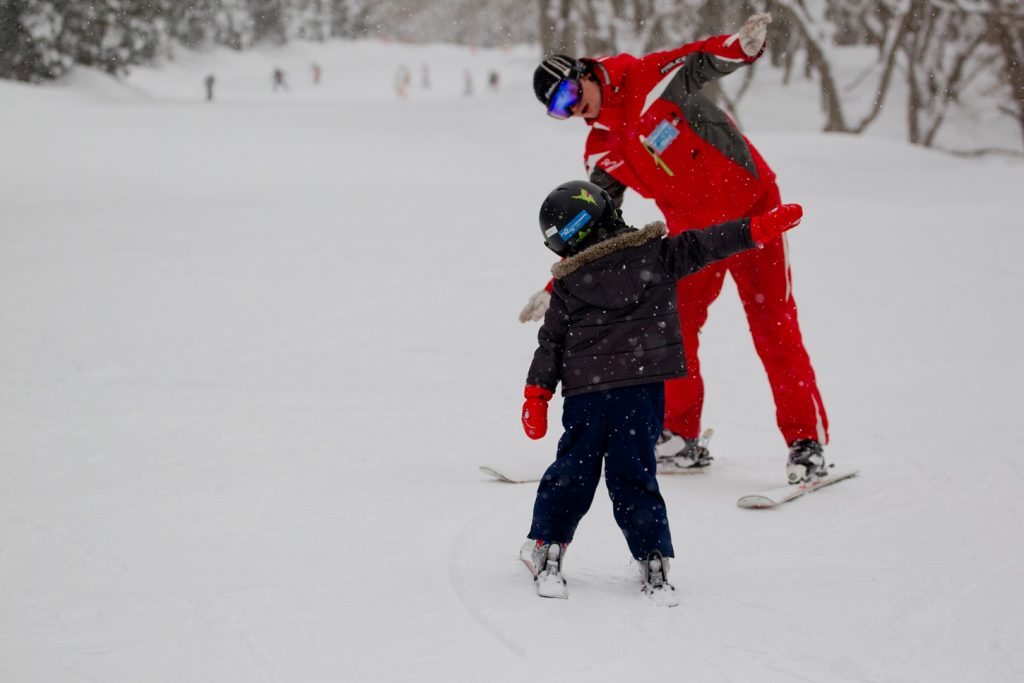
Restaurant
There are six restaurants, “Yodel Lodge” “Montanyu” “Piste” “Kumado Hut” “Heidi” “Rola”, you can enjoy your meal on the slopes. For “Piste” where you can dine slowly while watching the slopes, steaks and hamburgers are recommended. In the restaurant “Montanyu” on the 2nd floor of the 1st quad lift platform of the bearie, you can eat a volumeful dish. Popular items such as chicken tang Mayo rice bowl and spicy ramen! “Yodel Lodge” can enjoy popular curry rice and ramen. There is also a free playland where children with plenty of toys can enjoy.
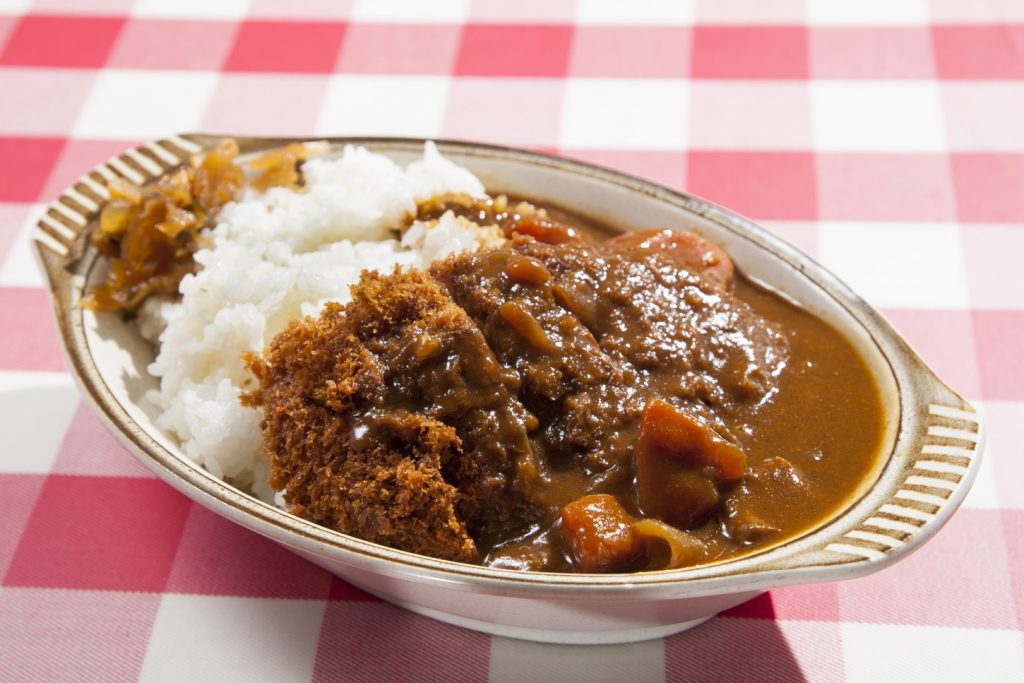
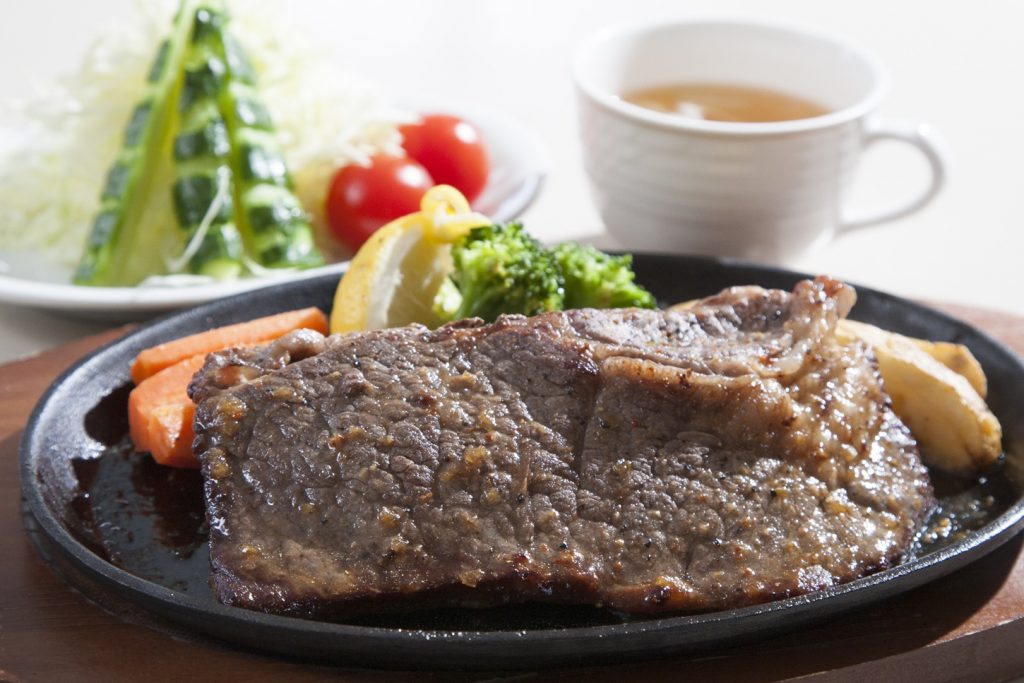
MYOKO AKAKURA ONSEN SNOW RESORTS
Surrounded by silver birch woodland with gentle slopes perfect for all levels of ski and snowboarders. The free style snow park is also
very popular.
Myoko Suginohara has the longest 8.5km course in the country and produces excellent quality snow on the top half of slope with
fantastic views.
https://www.princehotels.co.jp/ski/myoko/winter/?yclid=YJAD.1596077320.JVMXOpudcq0N5MofZ21FQ8e6pynLRHXgVQr8xHsDjsv0mc80AF96n_K1rKDWBnHGebiQhdCx9czQWLo-
Popular among powder hounds, the 40 year old Seki Onsen Ski Resort boasts ungroomed powder runs night time riding. Receiving the most snow in the Myoko area, it is able to keep its slopes open until May and offer a highly popular spring-time snow park. With an onsen district at the base of the mountain, daily onsen trips are possible.
Home to 25 diverse courses, Madarao Kogen Snow Resort was the first Ski Resort in Japan to hold the Freestyle World Cup. Many of the upper courses are ungroomed, meaning that fresh powder can be enjoyed after decent snowfall. The tree courses are highly recommended on deep powder days. Families will also be pleased to know there is a fully equipped kids snow park.
THE MADARAO 斑尾高原ポータルサイト
Tangram Ski Circus Ski Resort has a hotel at the base of its slopes. It shares a mountain with Madarao Kogen Snow Resort, so if you purchase their shared pass you can enjoy all 30 of their combined courses. The kids park in front of the hotel comes complete with sleighs, rubber tubing, and a snow escalator. Children and adults alike can have fun at Tangram Ski Circus.
http://www.tangram.jp/ski/
Myoko Ski Park’s 1.2km of slopes, and gentle forest runs(averaging at a steepness of 7 degrees) make it very popular amongst beginners and families. Within its Center House station there are restaurants, changing rooms, rental rooms, shops, play areas and much more.
MYOKO RUN RUN is full of wide and gentle sloping runs, making it perfect to beginners and family trips. The uncrowded slopes and private feel of the resort can offer first time skiers and snowboarders peace of mind. Many different packages are available at the adjacent Kyukamura MYOKO accommodation area.
AKAKURA ONSEN TOWN
Ryokan & Food & Sake
Akakura hot spring area has many inns. Ryokan is a traditional Japanese traditional accommodation facility, also known as a Japanese inn.
At Myoko Akakura Onsen there are many inns that have particular attention to local cuisine. Especially, the fresh seafood fish sashimi that is picked up in the nearby Japan Sea is popular. In Akakura hot spring town, there are many shops that will serve Japanese cuisine such as hot pot in winter.
Speaking of sake is not an exaggeration to say Niigata. Among them, in Myoko Kogen, I am committed to local sake. You can enjoy local sake which can only be tasted here, with all the conditions to make delicious sake such as clear water, clean air, low temperature optimum for sake making.(PHOTO/Kiminoi Shuzo))
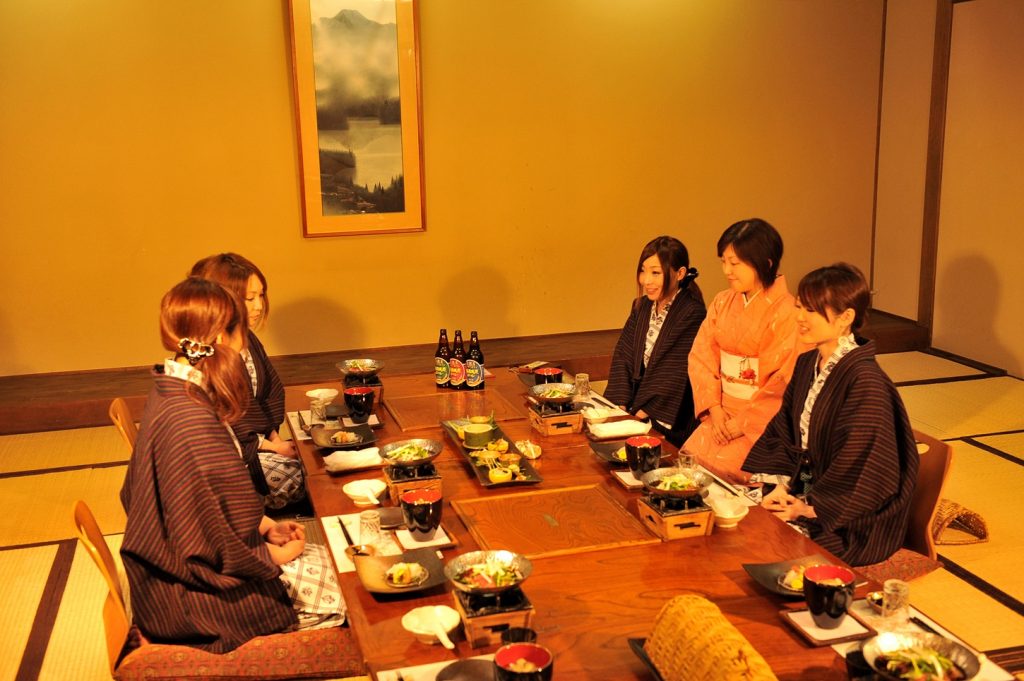
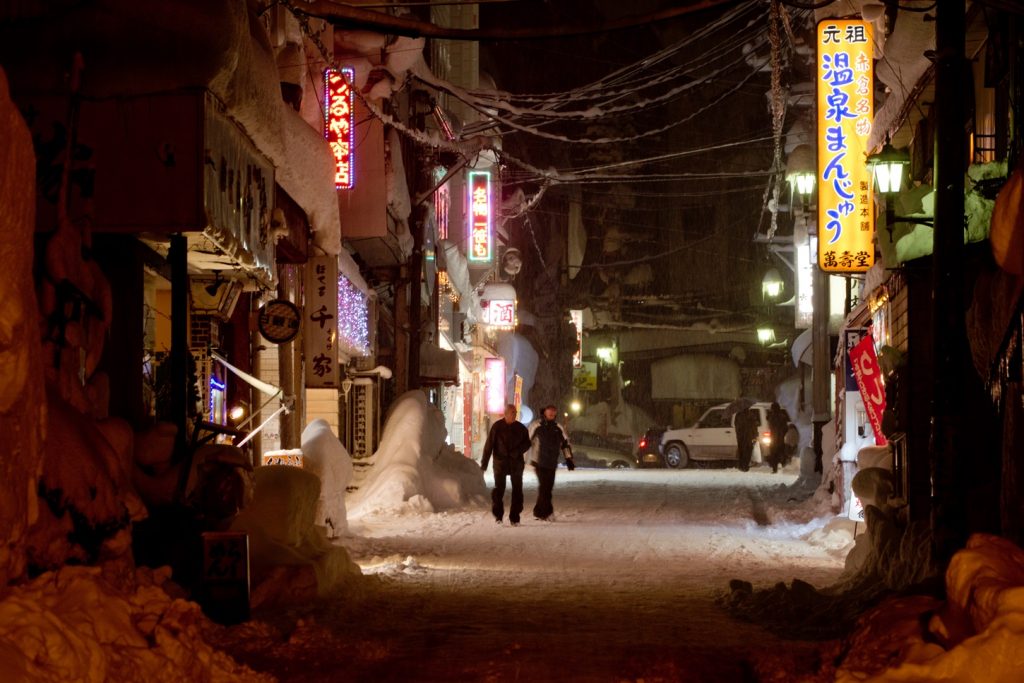
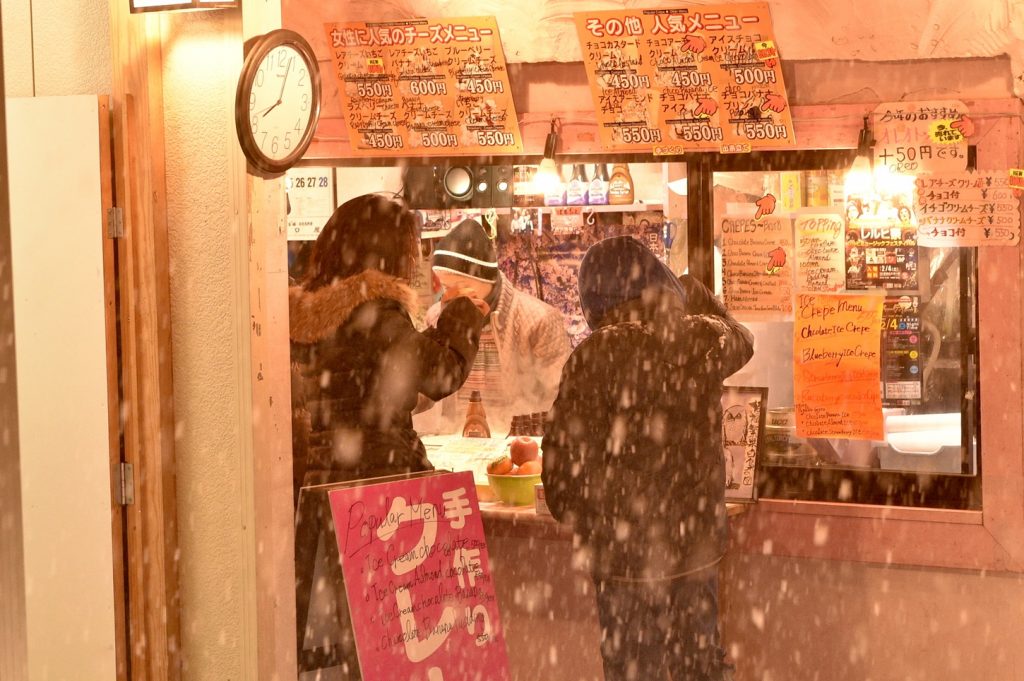
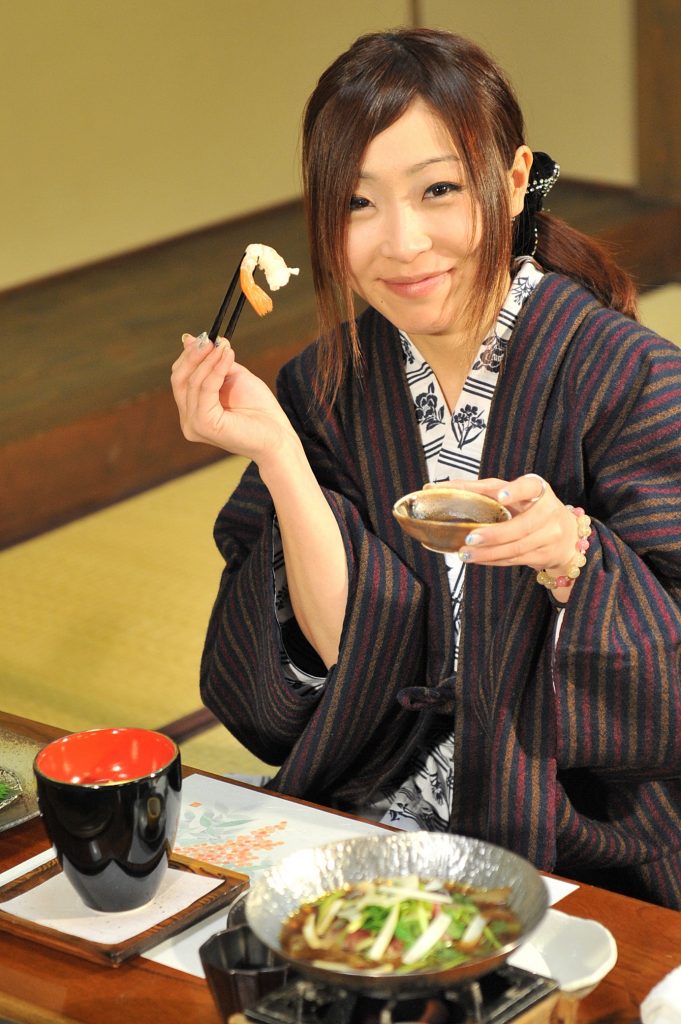
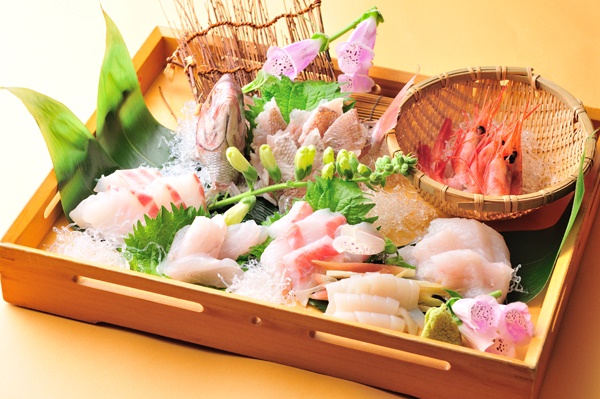
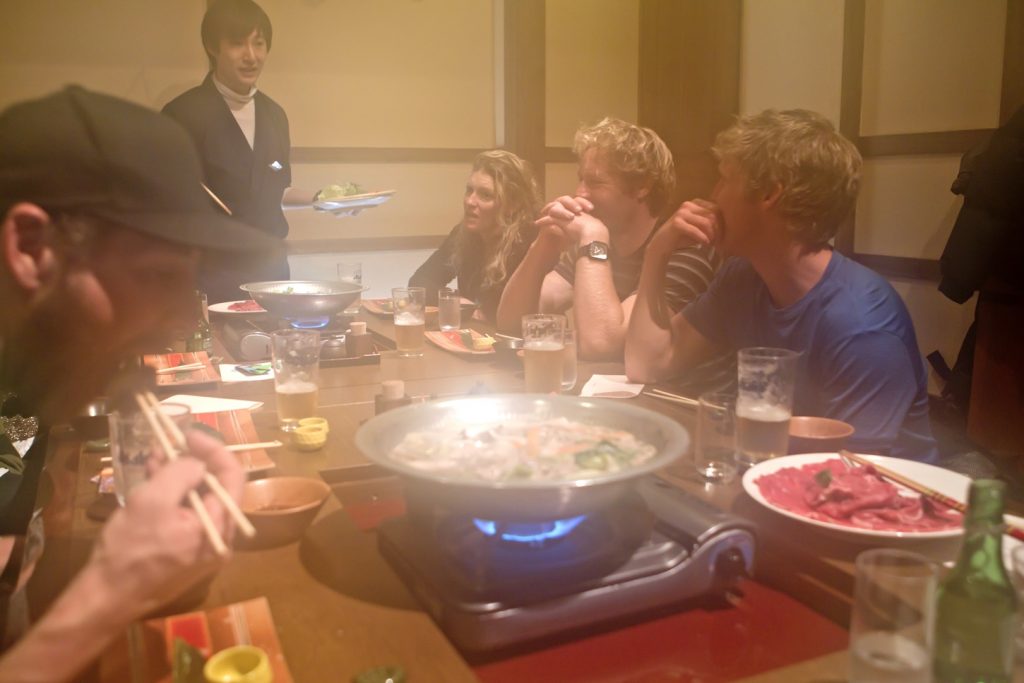
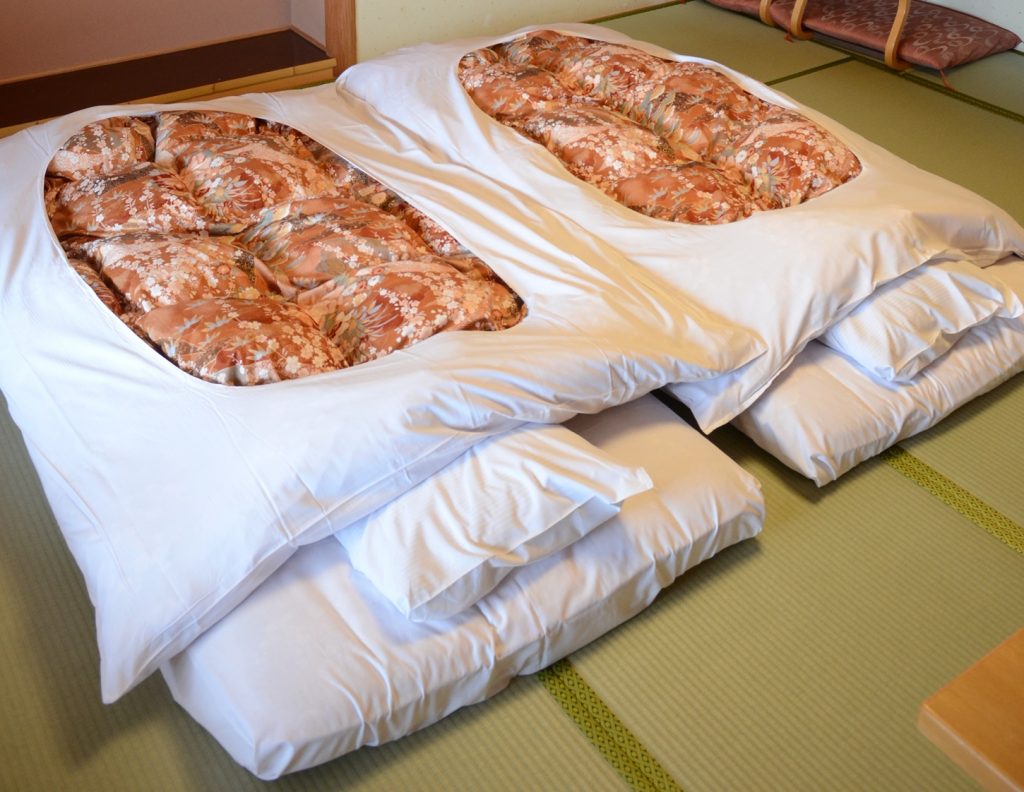

Onsen tamago & Onsen Manju
Onsen tamago is made by utilizing the difference between the temperatures at which an egg’s yolk and its white solidify. When eggs are boiled, the white starts to solidify at 58 to 80 degrees Celsius, solidifying completely when the temperature reaches 80 egrees or more. On the other hand, the yolk solidifies at 64 to 70 degrees Celsius.If an egg is boiled at about 70 degrees Celsius, only the yolk solidifies, while the white does not—thus resulting in Onsen Tamago.In contrast to ordinary soft-boiled eggs, Onsen Tamago is characterized by the condition that the white is softer than the yolk.
Speaking of onsen resort, onsen manju is the must-have. The soft steamed buns filled with azuki(sweet red beans paste)are a specialty of onsen resorts. It is a tasty treat when eaten during a walk about the exotic streets of the onsen resort.
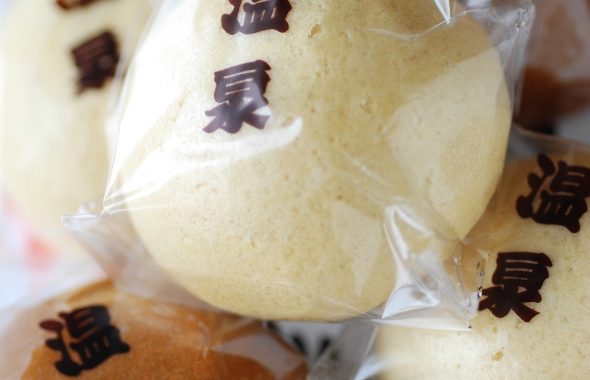
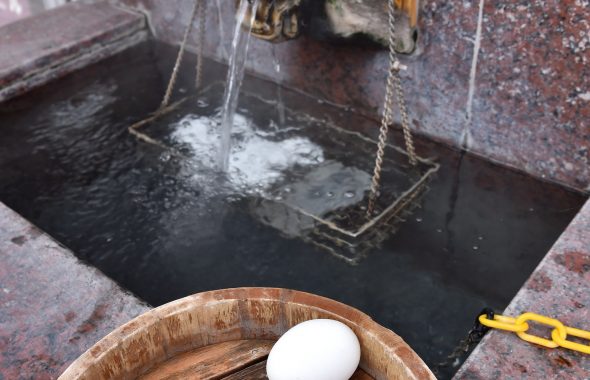
Myoko Kogen Onsen Area
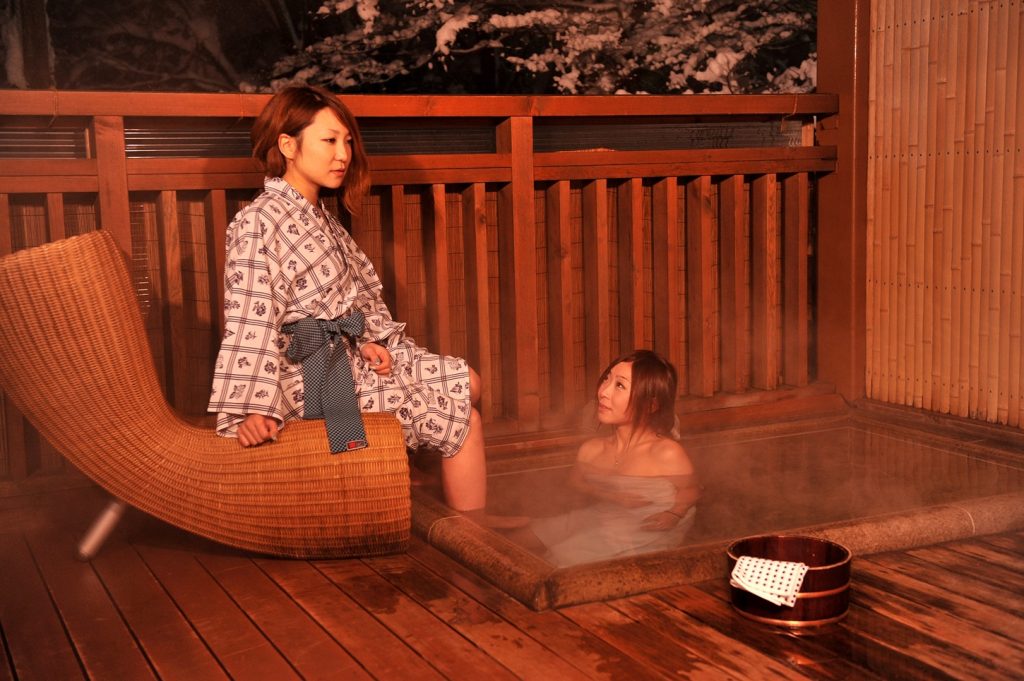
Myoko is home to seven natural onsen, or hot springs, all of which have unique colors and qualities. Consisting of Akakura, Shin Akakura, Ikenotaira, Suginohara, Myoko, Tsubame and Seki onsen, the seven onsen have nurtured a rich bathing culture which visitors can enjoy during their stay. The onsen are located in close proximity to each other, making them ideal for a day’s onsen hopping — with just a quick five- to ten-minute drive between each of them.
With such a variety of onsen available, guests can learn to appreciate their differences. The easiest way to differentiate between them is to look at the water’s color as well as the health properties and benefits each one claims.
Akakura, Shin Akakura, Suginohara and Myoko onsen are all characterized by their clear water, which is said to aid everything from regulation of blood circulation to healing cuts and wounds, thanks to the presence of minerals and sulphates including calcium and magnesium. Ikenotaira onsen features two types of water, both clear and black, the black water minerals known for soothing dry skin problems like eczema. All the way up at Tsubame onsen you’ll find cloudy white water, which is rich in sulphates, sulfur and bicarbonate, and said to prevent high blood pressure. Lastly, Seki onsen is known for its red water, which is given its rusty-brown tinge by a high concentration of iron.
It’s rare to see so many different types of onsen located in one convenient location, making Myoko a major draw for avid fans of onsen bathing. The scenery around Myoko is another reason to come — these onsen are located amidst the gorgeous natural scenery of Niigata. The magic peaks during autumn when the leaves turn color and the mountains are filled with a rainbow of hues, and during the summer, when the sun is shining and everything turns a lush, vibrant green.
AKAKURA Onsen
Akakura Onsen
Opened in 1816, Akakura Onsen is the largest of Myoko’s onsen, and one long popular with Japanese and international tourists. Located some 780 meters (2,500 feet) above sea level, Akakura boasts scenic beauty and magnificent views. The steam of the onsen and high snow walls make this a perfect place for a relaxing stroll. The waters of Akakura Onsen have therapeutic properties, and are highly valued for healing and promoting beautiful skin.
Shin-Akakura Onsen
Shin-Akakura Onsen is a tranquil hot spring surrounded by woods. It was developed as a resort at the fork of the road to Akakura Onsen and Ikenotaira Onsen. Shin-Akakura Onsen has the same hot water source as Akakura Onsen, making the baths good for the skin and healing. Surrounded by groves of white birches and Japanese larches, Shin-Akakura’s serene environs are perfect for relaxing. Directly below the face of Mt. Myoko, it is ideal for visitors who want to experience this elegant, distinctive mountain.
Ikenotaira Onsen
Surrounded by white birches, Ikenotaira Onsen is a hot springs resort on the highlands with beautiful views all season round. Imori Ike (literally, “Salamander Pond”) has long been a symbol of Ikenotaira. The pond perfectly reflects Mt. Myoko; in the summer, alpine plants burst into bloom, creating a landscape of rich beauty . Soaking in these natural hot spring waters is perfect for relaxing and recuperating from work fatigue.
Myoko Onsen
Myoko Onsen is in the area’s “old town” and easily accessible—just 15 minutes on foot from JR Myokokogen Station. This hot spring, shared with Ikenotaira Onsen, provides a soft, gentle stimulation to the skin—perfect for those who like a long, lingering soak. Myoko Onsen provides a full view of the majesty of Mt. Myoko and its surroundings.
Suginosawa Onsen
Suginosawa is an area of natural mountains, fields, and old-growth forests—it is home to the famous Naena Falls, (one of the 100 Famous Waterfalls of Japan) and a gateway to hiking trails. Suginosawa Onsen is ideal for recuperating after a day of skiing, camping, trekking or mountain-climbing. The soothing waters are well known for their warming effect during cool months and are popular for day trips as well.
Seki Onsen
Open since 1729, Seki Onsen has the longest history of the Myoko hot springs. The traditional streets still retain the atmosphere of days when spa trips for healing were lengthy affairs—a slower pace that visitors continue to find soothing. The water contains iron, and is well known for the lasting effect of heating the body. High in the mountains, Seki Onsen is a popular destination for mountain climbing and nature hikes from spring to fall and skiing in the winter.
Tsubame Onsen
Set on a spectacular cliff-side setting, Tsubame Onsen has long been a destination for those desiring the road less traveled. This hot spring is named for the iwa tsubame, members of the swallow family that nest under eaves and on area cliffs. The atmosphere here is pleasant, reminiscent of ages past. Some facilities close in the winter because of the heavy snows—others offer a unique wintertime experience, with access only by snow cat. The hot spring water is a milky white, and gives the skin a healthy sheen.







How to Enjoy Onsen in Myoko, About Onsen Sommelier
Such is the variety of bathing options, Myoko has its own resident onsen sommelier, Toma Kazuhiro, who provides visitors with a helpful guide to enjoying onsen in the area and how to properly bathe. Worth a look for both novice and onsen regulars, these tips can help you make the most of your onsen experience.
According to Toma, an easy onsen rule to follow is the Japanese concept of ‘shichi-go-san’ or ‘seven-five-three’, which is usually a traditional rite of passage for children wishing them both health and luck while they are growing up. In terms of onsen, the seven-five-three formula refers to the seven onsen in the area, the five different qualities of onsen, and three unique water colors that can be found.
Toma suggests keeping five things in mind while bathing. Firstly, start and end your onsen time with a glass of water, as it is important to stay hydrated. Secondly, do not go straight into the onsen. Make sure you soak yourself down with kakeyu (adjusting your body to the water’s temperature by pouring onsen water onto your body) before heading in. Start with your feet first, or the farthest point from your heart as you temper your body with the water. Thirdly, place a wet towel on your head when you are in the onsen — this can stop you from feeling faint or dizzy from the heat. The fourth tip is to break up your bathing into smaller intervals rather than bathing for one long period of time. By doing this you won’t feel as faint, and you’ll be able to enjoy the onsen to its fullest. The suggested amount of time if the water is around 42℃ is a three minute bath followed by a three-minute break, and this process should be repeated a total of three times. At 40℃, Toma suggests you bathe for five minutes followed by a three minute break, then back in the water for eight minutes, followed by another three-minute break, and then finish off with a final three minute soak.
Finally, you don’t always have to put your full body into the onsen. It can be just as beneficial to soak your legs from your knees down, alternating between hot and cold water to help get over symptoms of fatigue. Toma suggests using the kakeyu technique by pouring water onto your legs and feet for three minutes followed by pouring cold water over the same area three to five times. Alternatively, you can also soak your entire body in an onsen for three minutes followed by applying cold water to your legs and feet for one minute.
http://onsen-s.com
1.jpg)
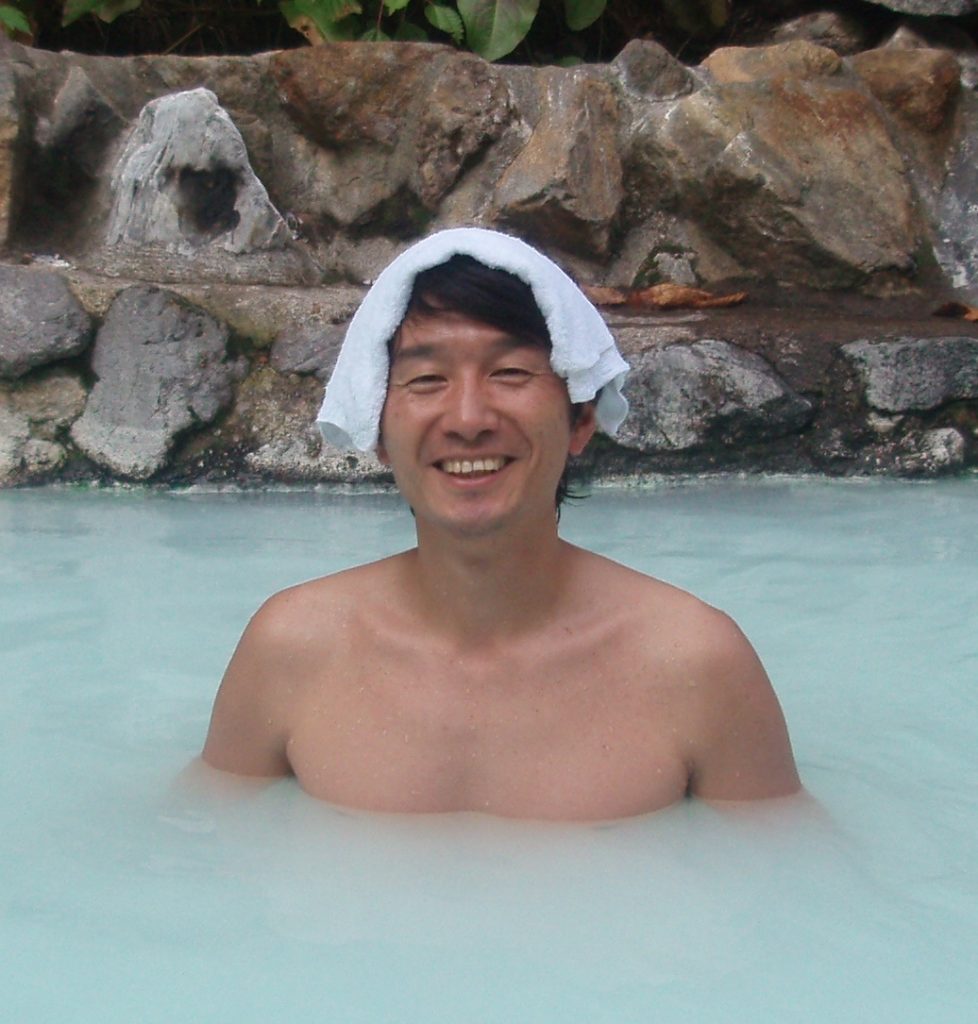
Taki no Yu
Offering visitors a unique rotenburo (outdoor onsen) experience in the heart of Akakura Onsen, Taki no Yu is one of the most popular bathing spots in the area. With outdoor waterslides that are active during the warmer months and its swimsuit-friendly attitude (most onsen expect you to bathe naked) this is a rare family-friendly onsen. There are also spacious individual male and female bathing areas which feature relaxing waterfalls. The natural spring water that flows into this onsen contains many minerals that are said to help regulate blood circulation and relieve dry skin. Do note that the facility closes during the winter, usually from early November until the middle of April.
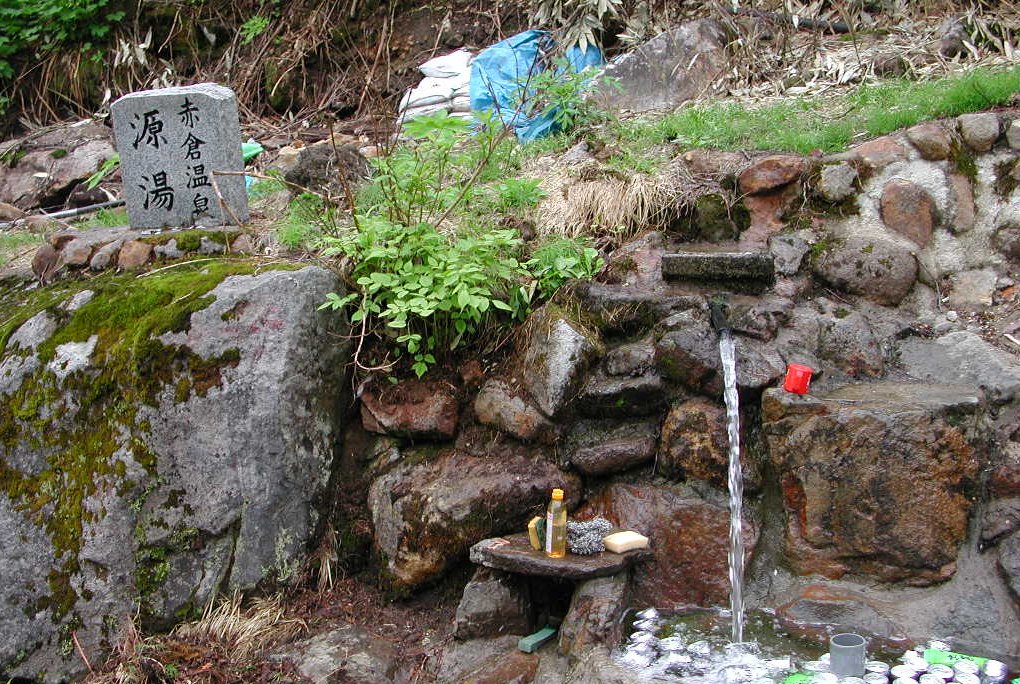
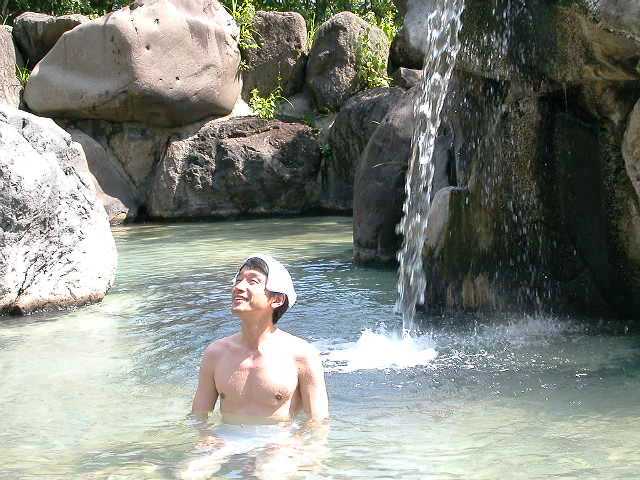
Teyu and Neyu at Akakura Onsen
At Akakura Onsen you’ll find some unique outdoor onsen including a teyu (hand bath) and neyu (sleeping bath) spot overlooking the picturesque mountains. These two small bathing areas are a great place to test the waters before you head to one of the main bathing areas. The teyu is perfect for warming up your hands and increasing blood circulation, while the neyu allows you to lie down and relax while soaking the bottom half of your legs and feet. For those in a rush, it’s the perfect way to experience the area’s onsen waters while benefiting from its unique properties. Water continuously flows from the hot spring tap attached to these two onsen, ensuring the best quality water at all times.

Naena Taki Waterfal
Listed as one of the 100 best waterfalls in Japan, Naena Taki Waterfall is a must-see spot if you’re in the Myoko area. Just a short fifteen-minute hike from the parking area, the waterfall is surrounded by the area’s lush nature and scenic mountains. The leisurely hike leading up to the main waterfall area takes you over picturesque suspension bridges and between stunning foliage all the way up to the waterfall. The fall has a drop of 55 meters and is at its best during mid-October when the autumn leaves start to change color.
After you’ve made your way back down, you’ll find a café and restaurant in the rest area. Here you can eat nagashi somen (flowing somen noodles) made using fresh mountain water during the warmer months. When the weather cools down, seasonal specialties such as kinoko mushroom soba are available. If you’re in a rush, opt for a soft cream cone for the road. Please note that the waterfall is closed to visitors from early December to mid-April.
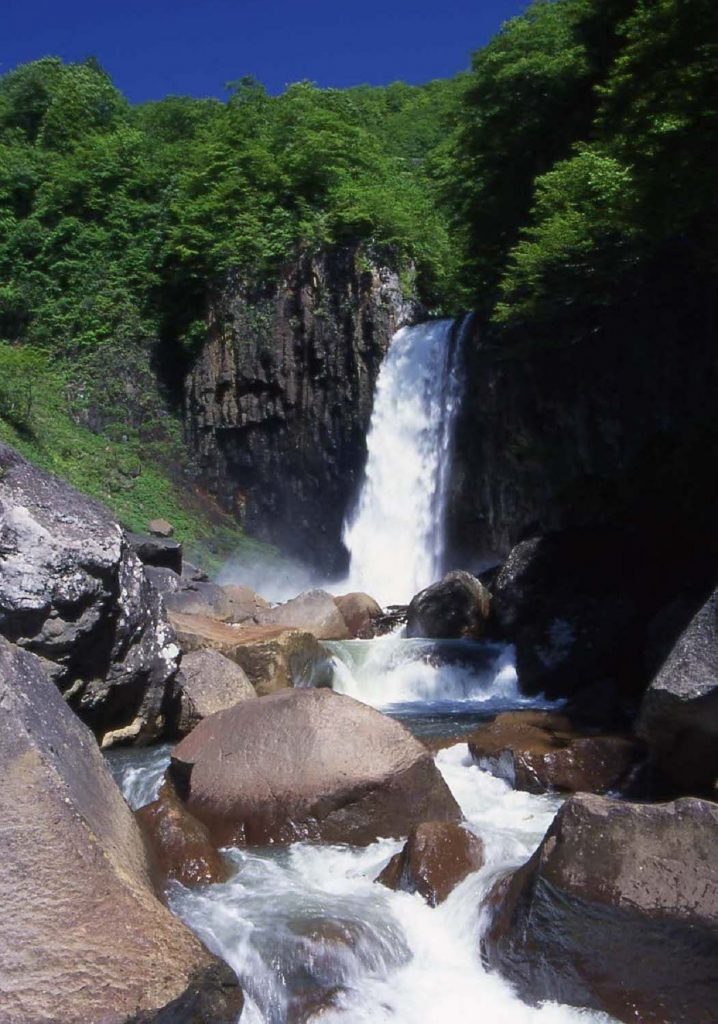
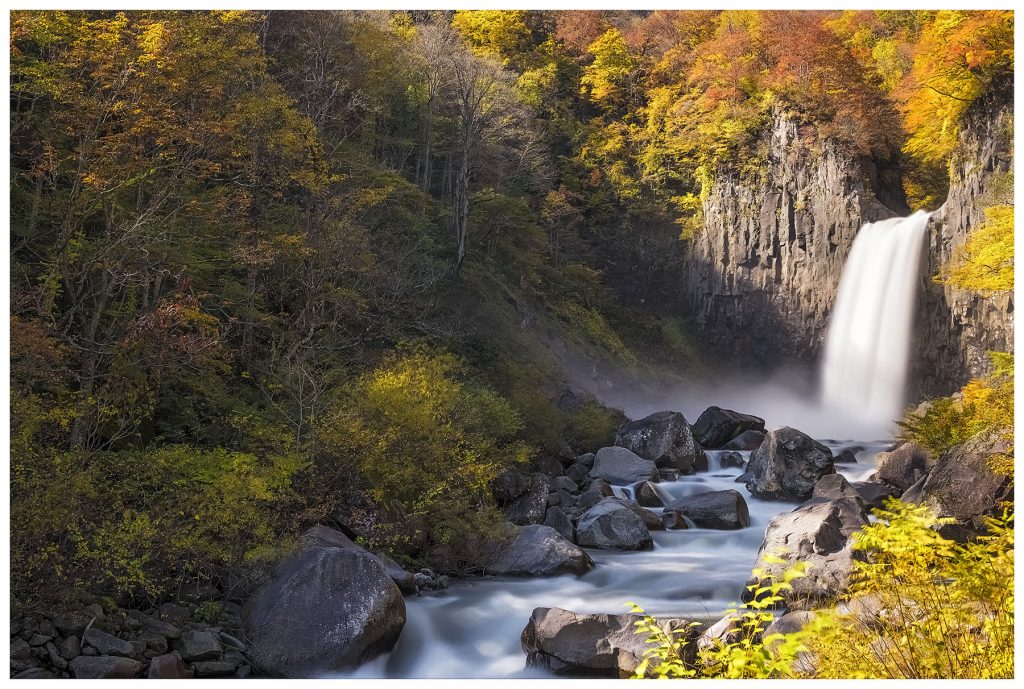
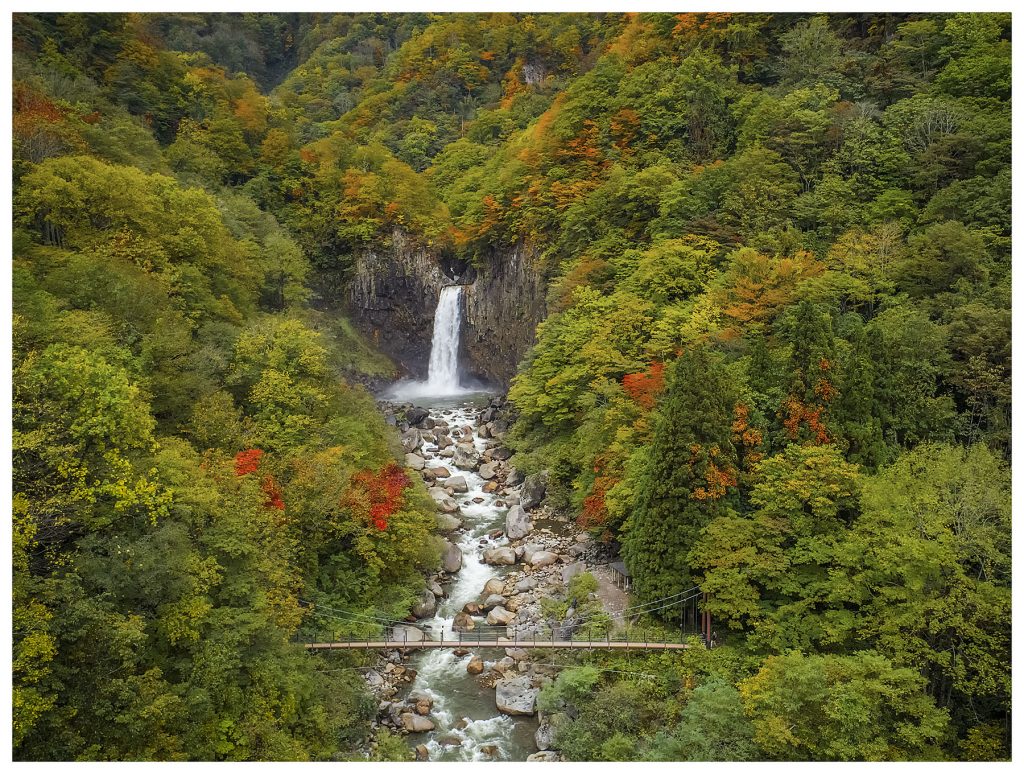
Sasagamine Plateau
If you really want to immerse yourself in nature, head on up to Sasagamine Plateau where vast stretches of scenic terrain await. The Sasagamine Dam, situated between the mountains, is the starting point for many trekking trails and what Japanese people call ‘therapy roads’ – specially designated areas that stimulate the five senses and are said to have physiological and psychological benefits for visitors. The Sasagamine Plateau sits 1,300 meters above sea level and includes camping grounds and even a cattle farm over its area. The winding road leading up to the area offers so many scenic viewpoints you’ll want to allow extra time for all the photo opportunities. Due to the plateau’s high altitude, it seems at times like you are hanging out above the clouds. The result is that the area enjoys its own microclimate and it is even said that there is no rainy season on the plateau. Still, pack a raincoat just in case!
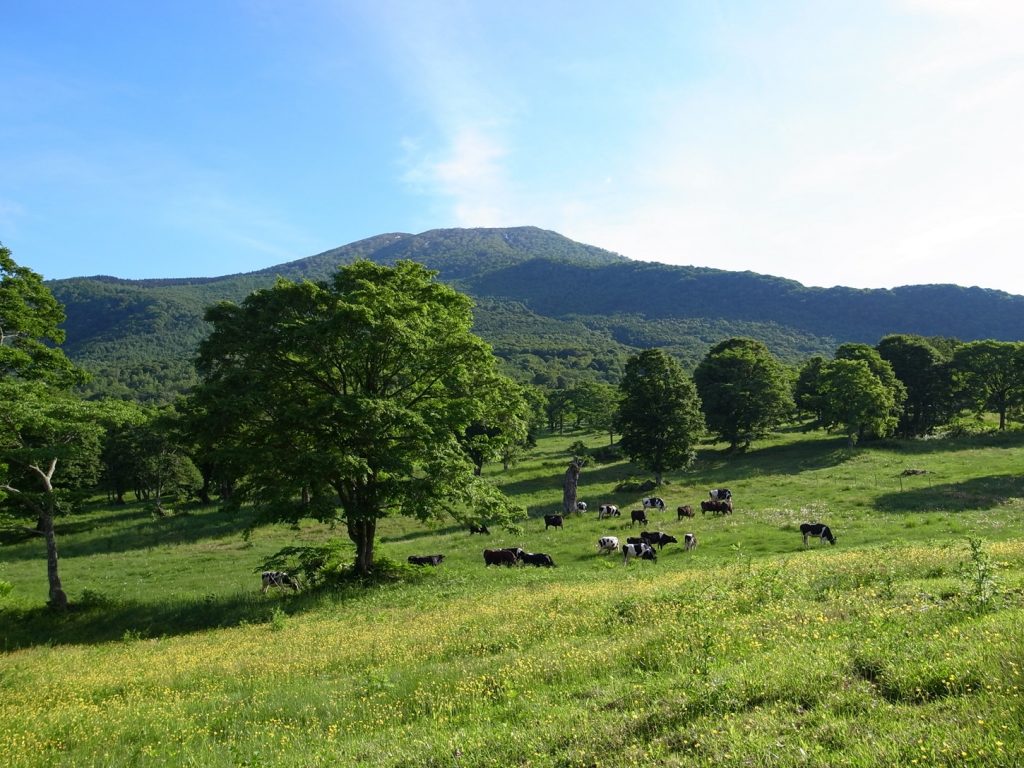
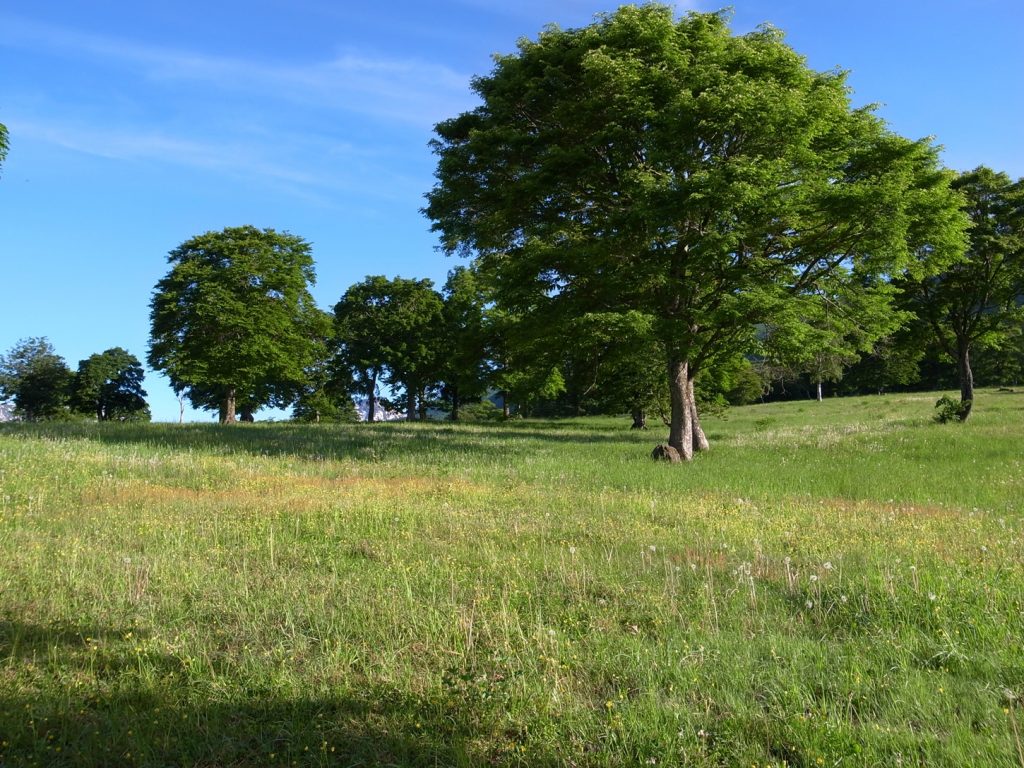
Okakura Tenshin Rokkakudo Hall
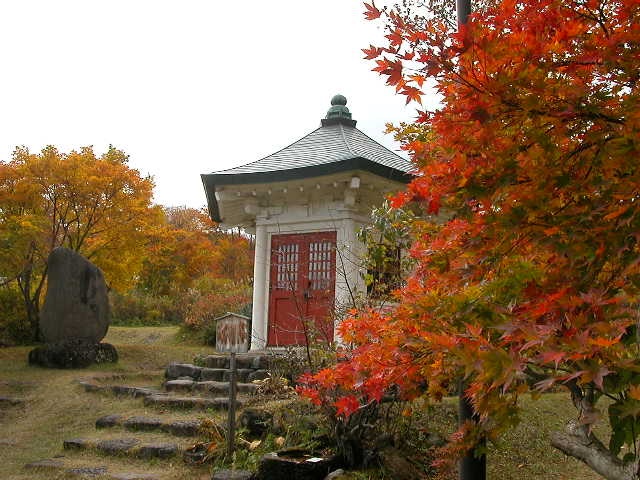
Dedicated to the late art scholar Okakura Tenshin (1863–1913), who made an enormous contribution to the development of art in modern Japan, this peaceful spot was his home until he passed away in 1913. The area is now preserved as a serene garden where visitors can read about the significant contributions he made to his country.
Perhaps one of Okakura’s most important achievements was the co-founding of the Tokyo School of Fine Arts (known today as Tokyo University of the Arts) which he later came to lead. Along with teaching many students who went on to become leading artists, he also published The Book of Tea, which became a popular read with Western audiences interested in learning more about Japanese tea culture. He was also placed as head of the Asian division at the Museum of Fine Arts in Boston, where he was in charge of Chinese and Japanese works at the museum.
Although Okakura was originally from Yokohama, his love for the Myoko area and decision to live here during his later years have made him a proud adopted son of the region, making this spot a true cultural landmark enjoyed by both locals and visitors from abroad.
https://www.shinetsu-shizenkyo.com/sightseeings/detail/1886/
Seki River Border Checkpoint
During the Edo period (1603–1867), the shogun controlled sekisho, or checkpoints, on all the highways that lead in and out of Edo (modern day Tokyo). These checkpoints were crucial areas where officials would regulate trade and search all travelers to check for weapons, rebels and criminals.
At the Hokkoku Kaido History Information Center, you can learn about these unique checkpoints and the role they played in history. There are artifacts with detailed descriptions in Japanese and English featured in the exhibition hall, as well as a tour through the reconstruction of a checkpoint, where you can walk around and re-enact a day at the Seki River border. The information center even offers fun props where visitors can dress up in kimono and traditional-style headpieces. All this combined with the detailed models in each room give you a vivid look at how things played out back in the Edo era.
https://www.myoko.tv/spots/49
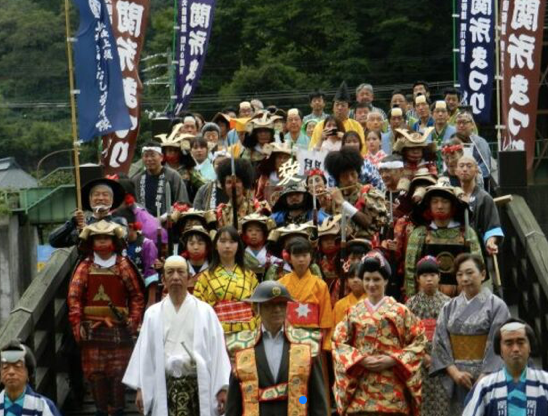
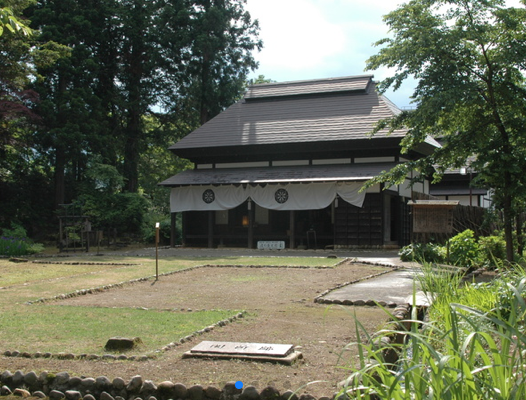
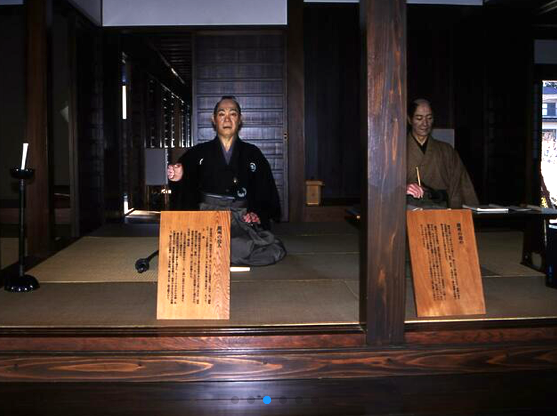
Therapy Roads
Therapy roads, also known as ‘relaxing trails’, are a growing trend in Japan; the area around Myoko is a great place to experience them first-hand. Therapy roads are short trails through forest areas and are designed to stimulate the five senses. They are also a great way to explore the area without having to hike all the way up any of the surrounding mountains. Every therapy road excursion should bring about a sense of peace and relaxation, unlike a vigorous workout. Converts claim a walk through one of these trails while taking in the fresh air and greenery is one of the best forms of recreation you can get in the area. They make the perfect pathways for families with younger children, or elderly people keen to get back to nature. These paths are often detailed on a large map at the start of a trail area, so you should be able to find them easily when you are making your way through, and your relaxation won’t be interfered with the stress of getting lost.
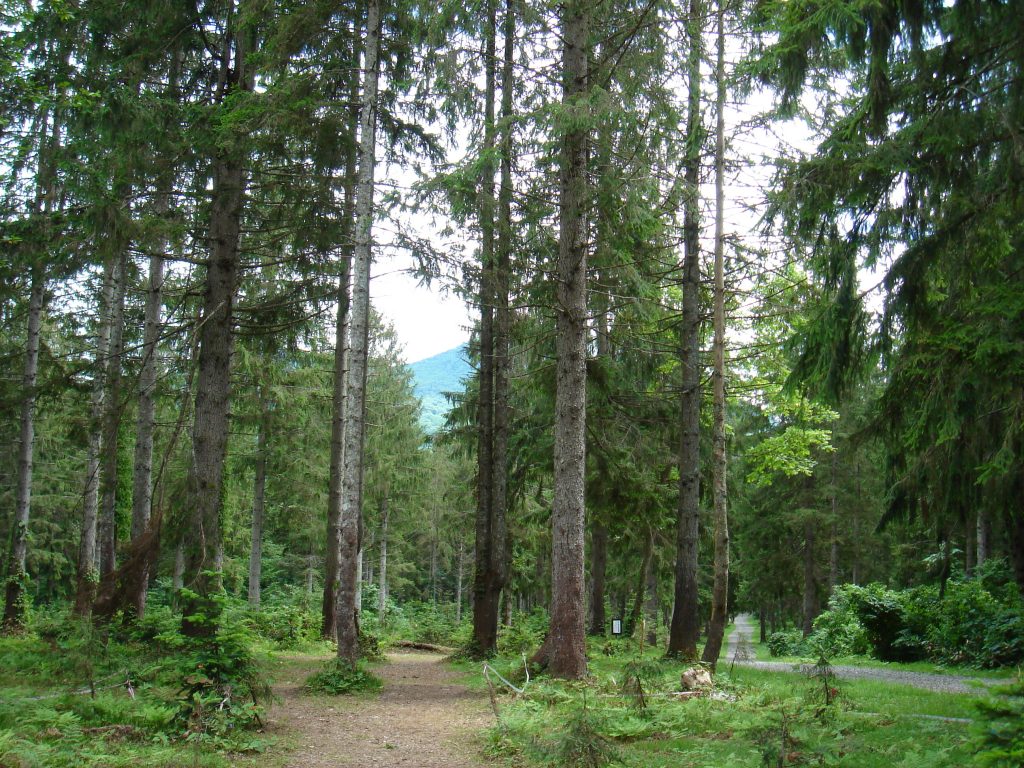


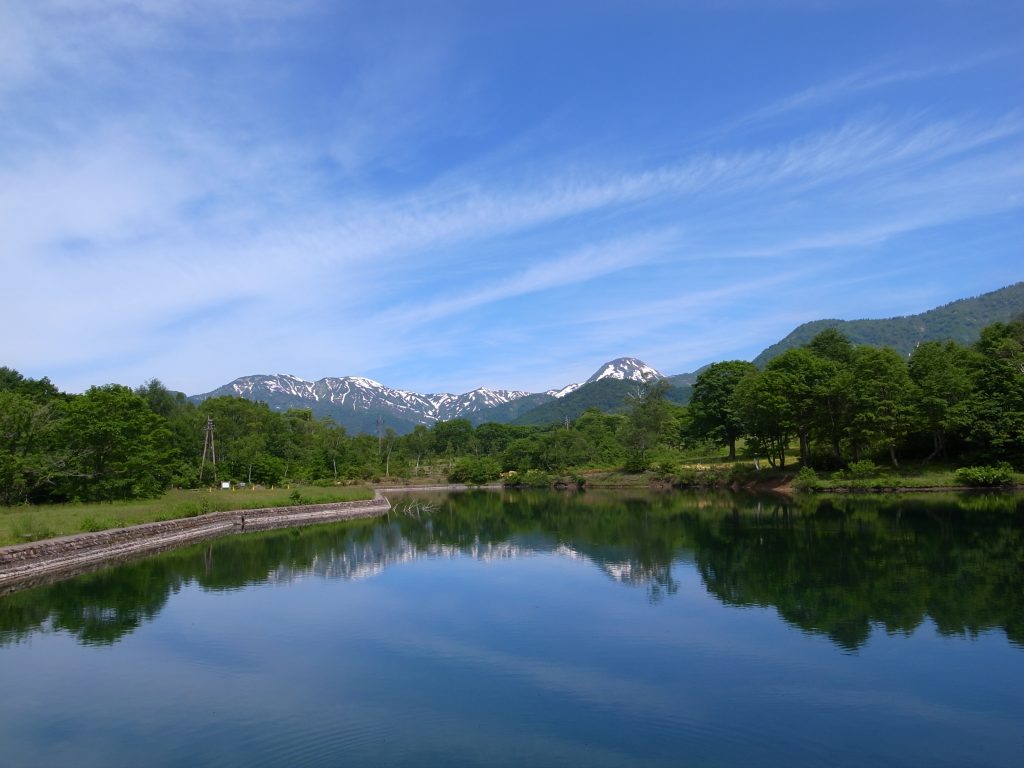
Outdoor Activities
Although Myoko is best known for its amazing skiing during the winter season, the area is an ideal place to visit year-round thanks to a wealth of exciting outdoor activities and events scheduled throughout the year.
Ziplining, tennis and mountain biking are all popular during the warmer months, and summer is also a great time for outdoor camping at one of the area’s many grounds. Autumn sees a marathon pass through from Nagano to Myoko, and you’ll see a lot of training taking place in the lead-up to the event. Runners consider the region the ideal place for training because the weather is less humid than in other parts of the country, and the high altitude means that athletes create more red blood cells, which help enhance performance when running at a lower altitude. The spacious terrain is well suited to golf courses, so the area has become a popular spot for players year-round.
https://www.lottehotel.com/arai-resort/en/activities_201920/adventure-list-green/zip-tour.html
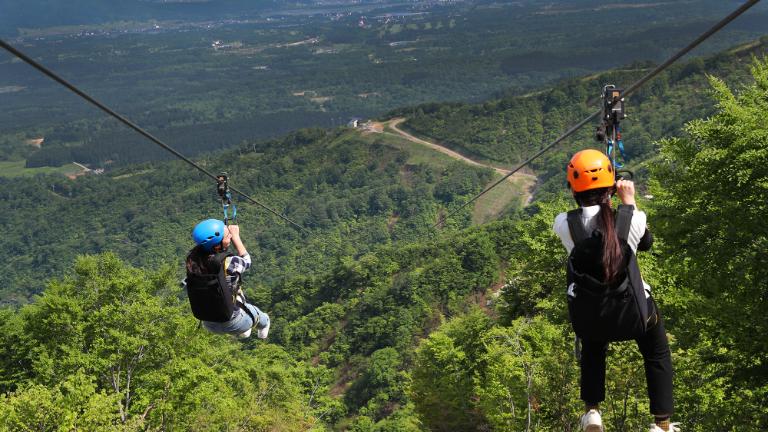
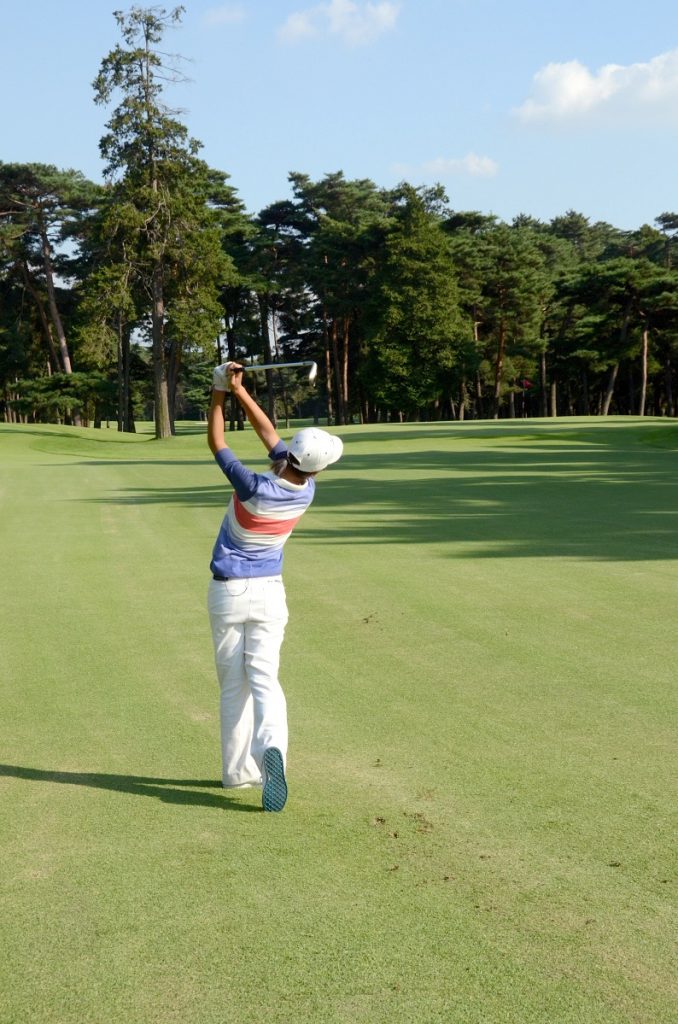
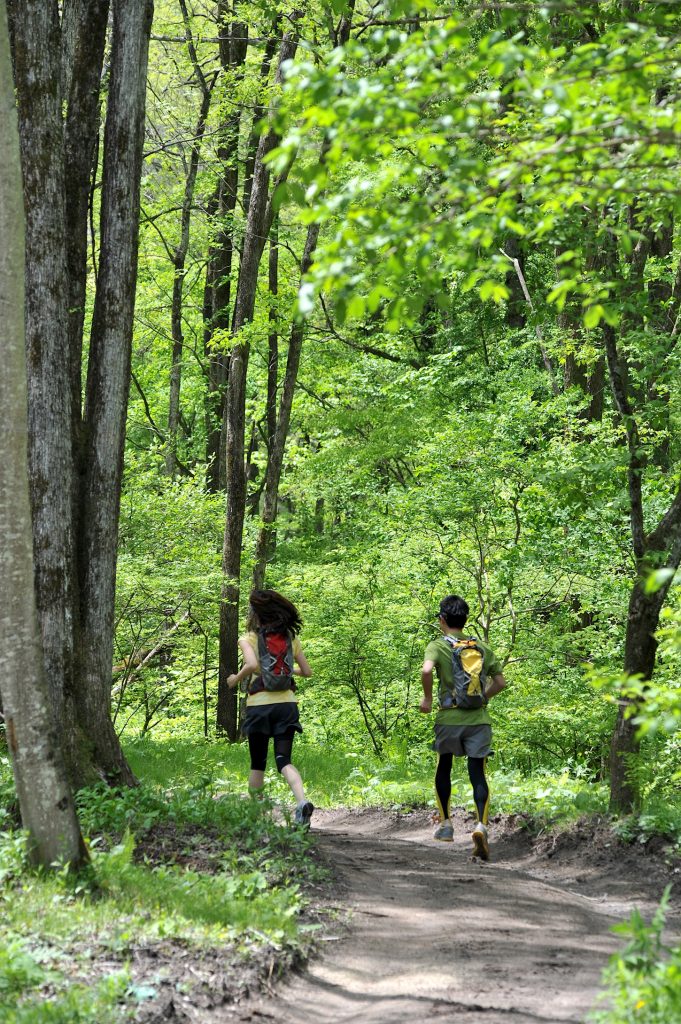
Myoko Kogen Imori Pond Information Center
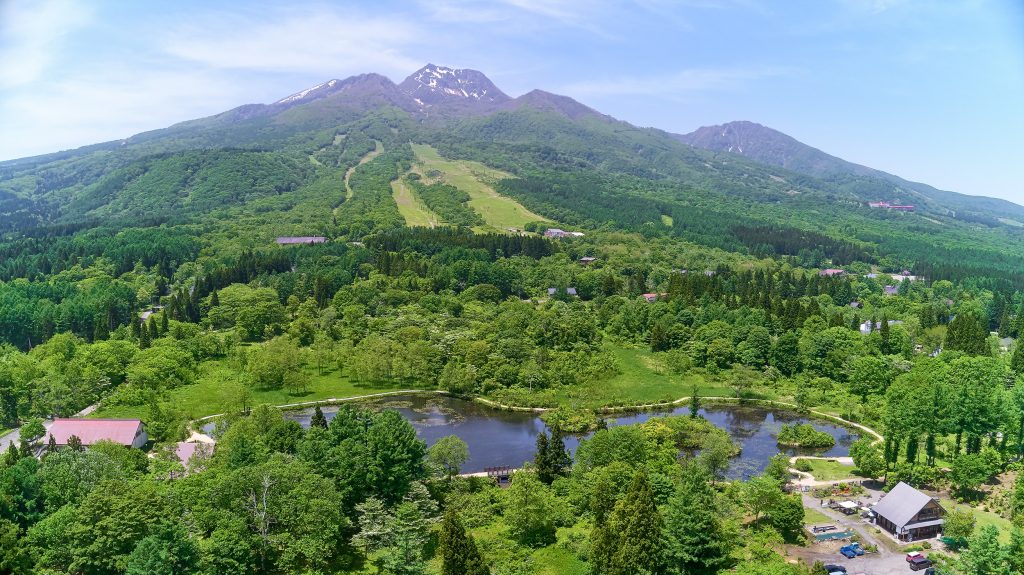
For those interested in learning more about the natural wildlife of the Myoko region, a visit to the Myoko Kogen Imori Pond Information Center is a great place to start. Here you can find a wealth of information on the unique natural wonders to be found in this gorgeous mountainous area, along with insights into its onsen and skiing culture. They’ve even got a scale model of the area, so you can see where everything is at a glance. The center is located next to Imori Pond, a beautiful stop from which you can head out and explore the nearby nature. Depending on the season, the visitor center also hosts a variety of events from snowshoe trekking in the winter to bird watching and guided walks during the spring and summer.
Nojiriko Lake
Nojiriko Lake is a serene spot where you can enjoy sprawling views of clear water as well as the mountains in the backdrop. Do note that if you’re taking a boat out to fish, you can do so only between dawn and dusk, as there is no night fishing from the shore allowed. For some tranquil reflection, paddle out on a stand-up paddleboard or duck-shaped boat to Biwa Island situated in the middle of the lake where you’ll find the tiny Uga Shrine. Alternatively, there are also sightseeing boats that go to this small island. The lake is also famous for Naumann’s Elephant, an ancient fossil of a tusk accidentally discovered during an excavation in 1962. Visitors can head to the Nojiriko Naumann Elephant Museum situated near the river to learn more about paleontology and these ancient fossils.
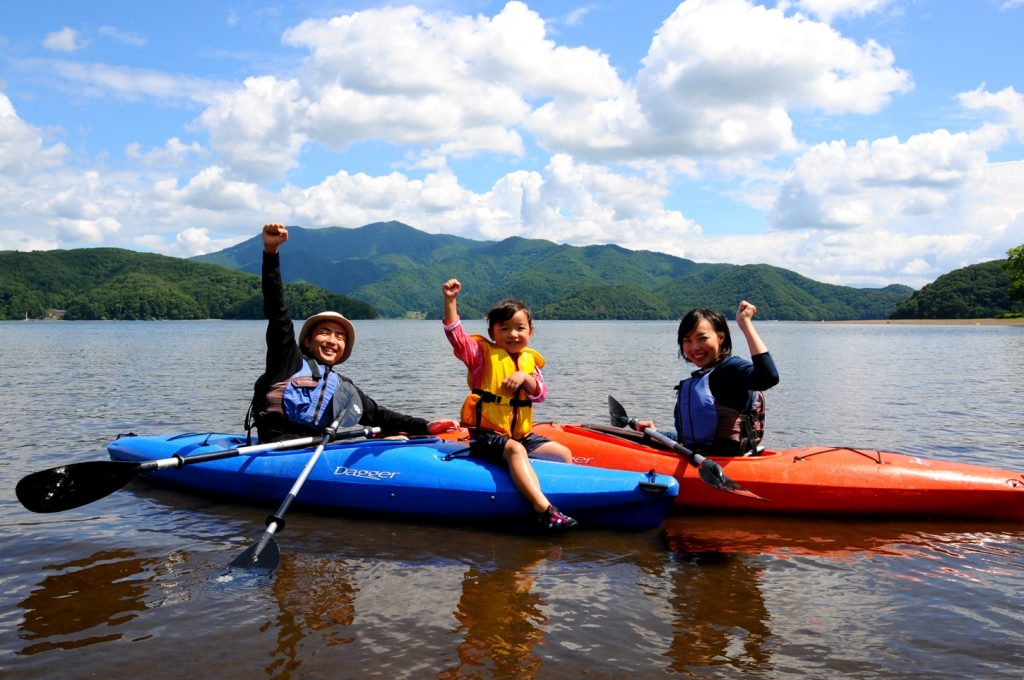

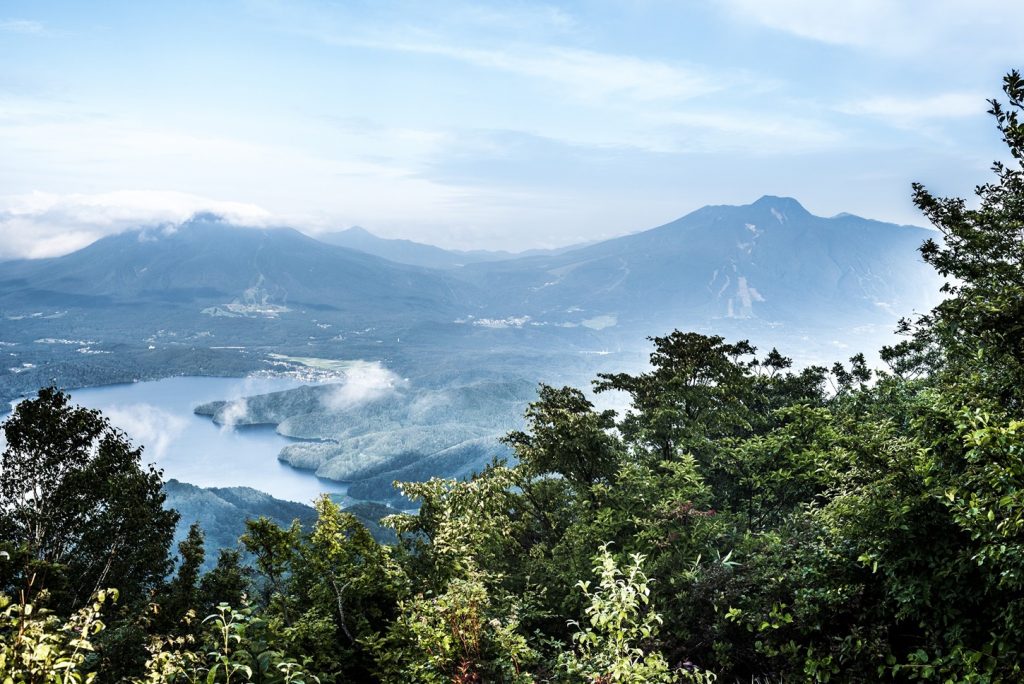
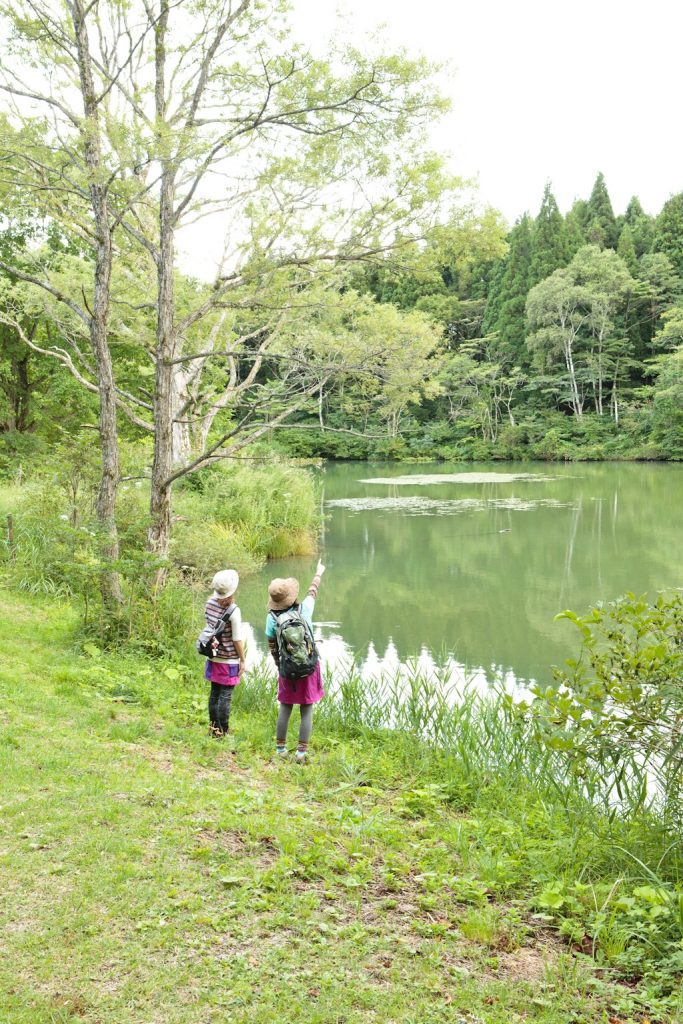
Arai Michi no Eki
Michi no eki are popular roadside stations found across Japan and are often great spots to pick up local produce and other locally-made items and souvenirs. This particular one in Myoko is a treasure trove for shoppers and foodies, as it hosts over a dozen different venues you can shop and eat your way around. You can pick up bags of locally grown rice and mountain vegetables, as well as homemade food items including freshly baked bread and sasa zushi (sushi spread out on a bamboo leaf). There’s also a wealth of souvenirs available including locally-made senbei rice crackers, kanzuri pepper paste and coffee beans which have been aged in snow. It’s a one-stop-shop for everything you may need from Myoko or Niigata.
https://niigata-kankou.or.jp/spot/7017
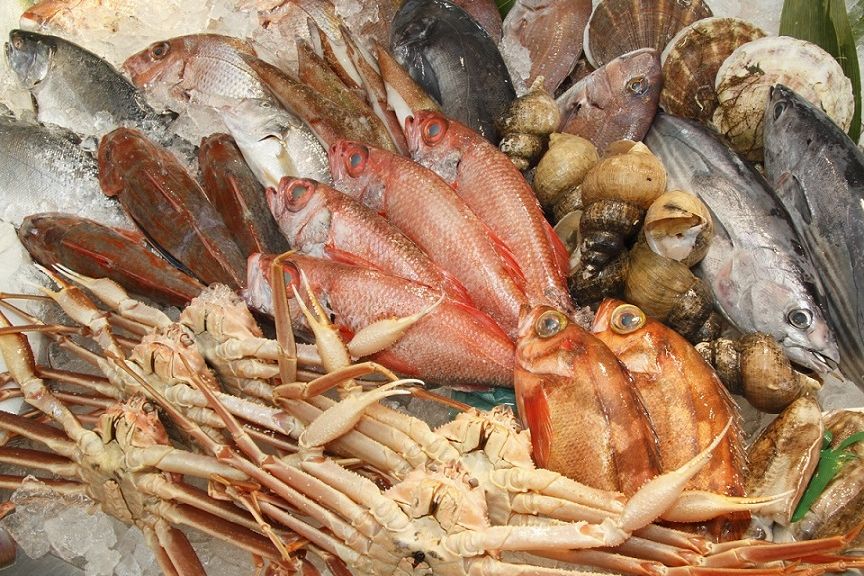
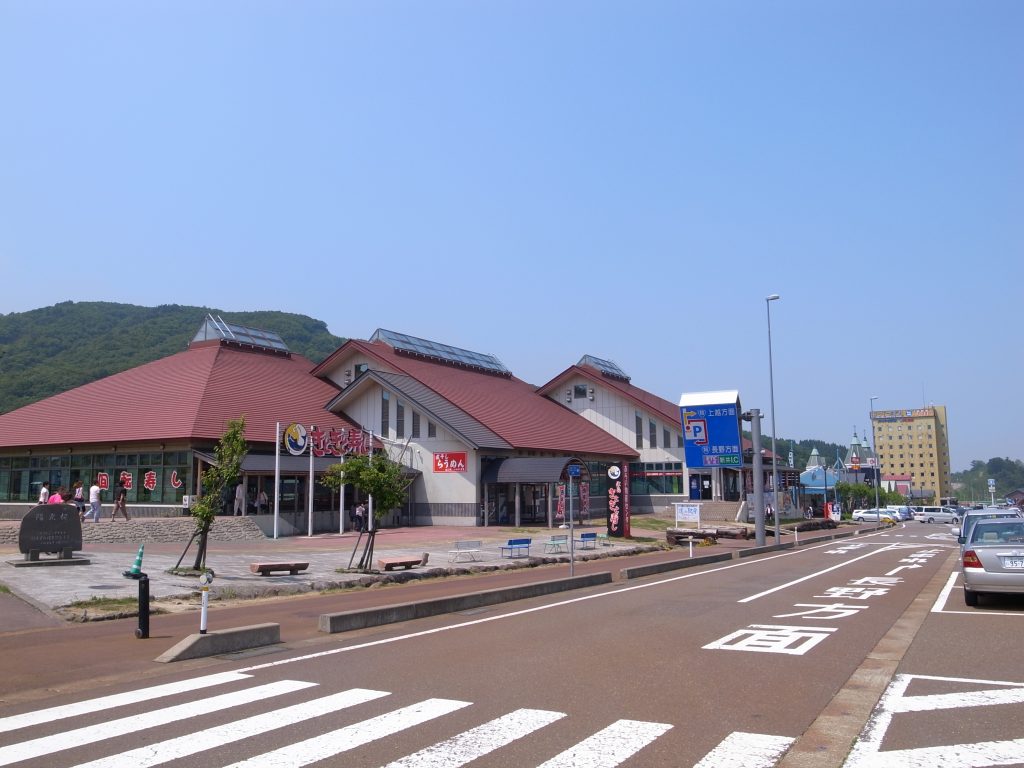
Sekiyama Shrine
Erected in the year 708, the Sekiyama shrine is regarded as the center of Mt. Myoko and the birthplace of the area’s long and rich culture. Its main building and kuden (altar case) are registered as nationally designated cultural properties, as is the bronze bodhisattva statue which sits inside the kuden altar. This particular statue is believed to be one of the oldest Buddhas brought from Baekje (one of Korea’s three ancient kingdoms) during the sixth and seventh centuries. The current building you see today was constructed at the end of the Edo era.
Every July, this neighborhood hosts the annual Himatsuri festival, which celebrates over 1,300 years of history with the entire community. There are various performances and a beautiful mikoshi (portable shrine) is paraded through the area.

Four Seasons of Myoko
Michi no eki are popular roadside stations found across Japan and are often great spots to pick up local produce and other locally-made items and souvenirs. This particular one in Myoko is a treasure trove for shoppers and foodies, as it hosts over a dozen different venues you can shop and eat your way around. You can pick up bags of locally grown rice and mountain vegetables, as well as homemade food items including freshly baked bread and sasa zushi (sushi spread out on a bamboo leaf). There’s also a wealth of souvenirs available including locally-made senbei rice crackers, kanzuri pepper paste and coffee beans which have been aged in snow. It’s a one-stop-shop for everything you may need from Myoko or Niigata.
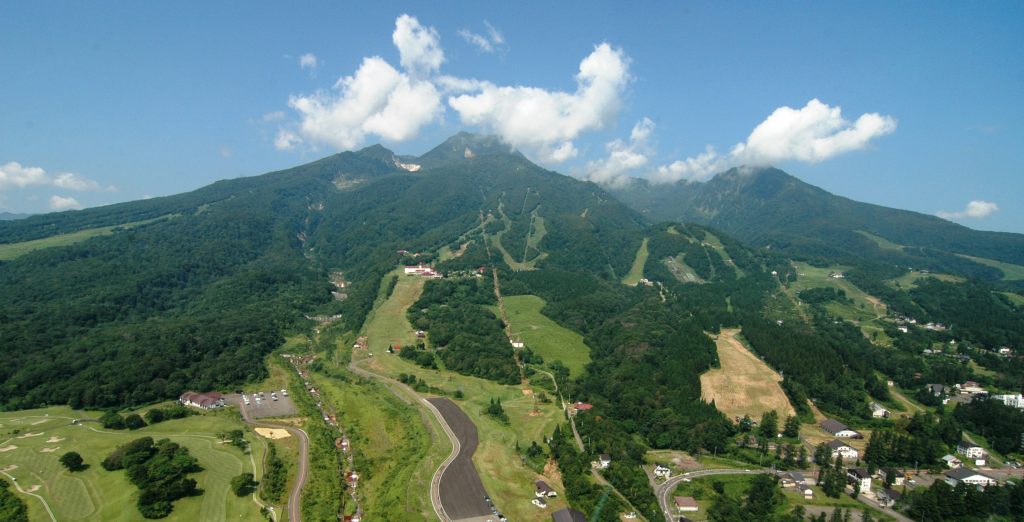
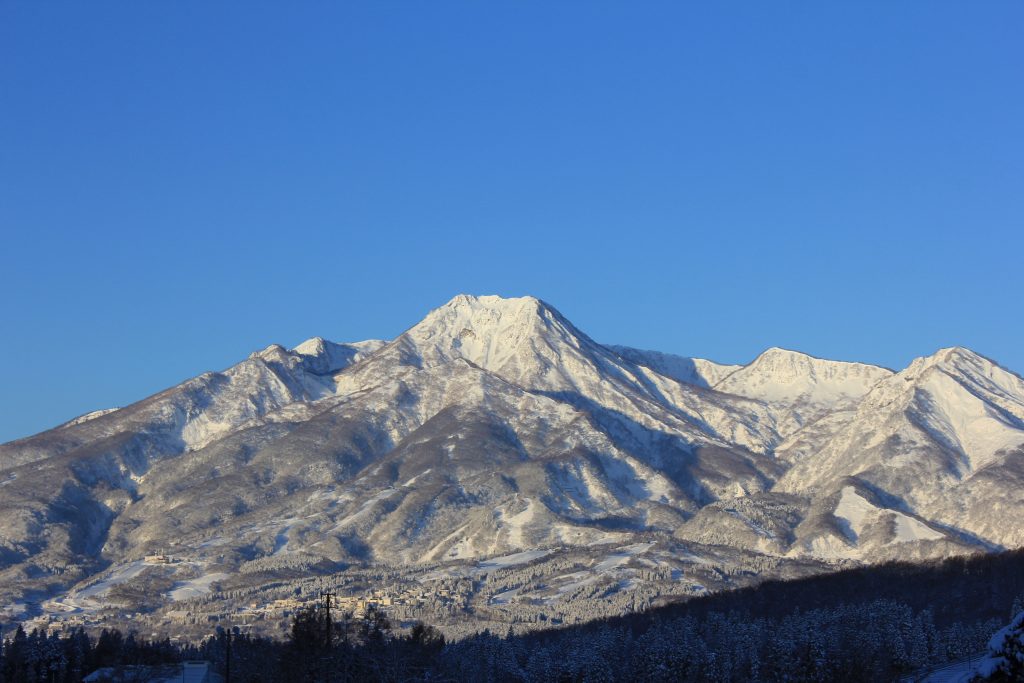
Imori Pond
Stop by the scenic Imori Pond where the water’s surface reflects the stunning scenery of the mountains. Inhale the fresh mountain air during a walk around the pond on the easy trekking path, or stop by the restaurant and rest area where you can dine on local specialties including tempura, soba and mochi-topped soft cream. If you’re feeling chilly, warm up at the ashiyu, or foot bath, next to the restaurant. Also a popular spot for artists, the charming pond area makes an ideal spot for painting or drawing, and you can even bring along a camera to practice your photography skills.
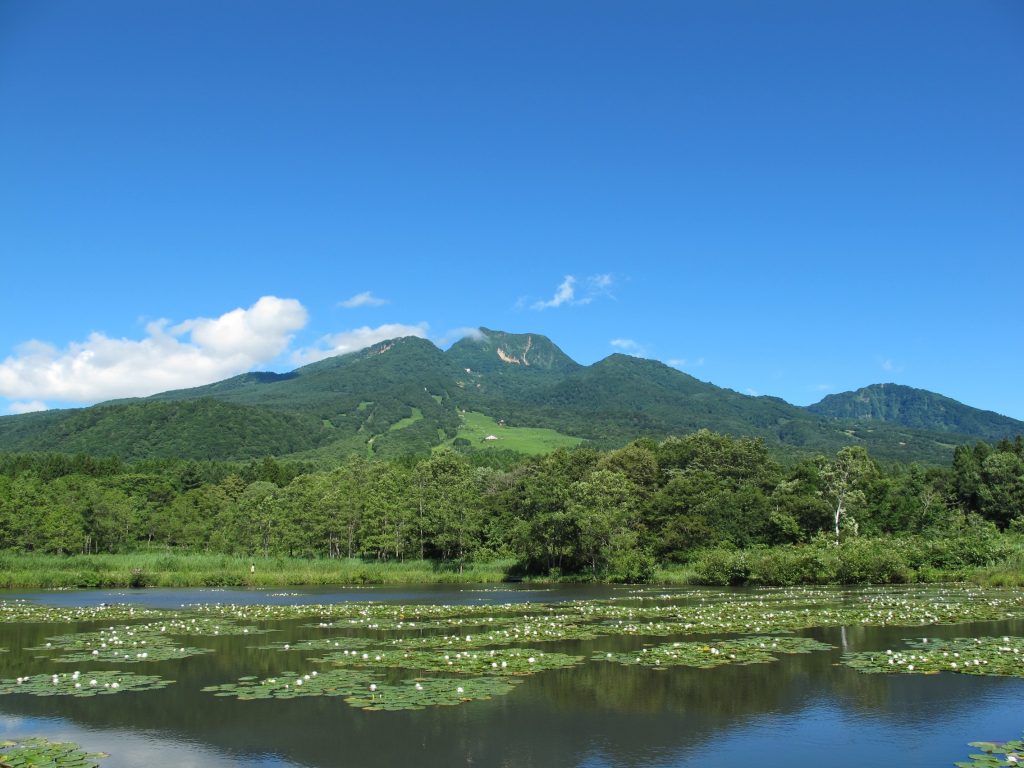
Food Culture of Myoko
One of the best things about exploring a new area — particularly in Japan — is trying the local specialties. The Myoko area of Niigata is no exception: the region is famed for its mountain vegetables, top quality rice and locally produced sake and wine. Since the area also sees a significant amount of snow in the winter, many food items are actually stored, exposed and preserved in snow, giving them unique qualities and flavors that are not likely found in other areas of Japan.
One of the specialties to come out of the area is a fermented chili paste called kanzuri, which benefits from the region’s chilly winter conditions. Typically fermented for three to six years, this popular paste is made up of a mix of salt-pickled togarashi peppers that have been exposed to snow, koji yeast and yuzu peels. The result is a spicy, citrusy paste that packs an umami punch and spices up everything from ramen to yakitori.
The city of Joetsu near Myoko is home to the Iwanohara Vineyard, one of the oldest wine producers in Japan, which has over 125 years of history to its name. The vineyard was founded by Kawakami Zenbei, widely known as the father of Japanese grapes and wine, and was where he grew unique grapes for wine including his signature Muscat Bailey A, a mix of both American and European grapes. Wines produced at this vineyard are made with the fruit of vines that have been specially cultivated for the environment around Niigata, which is situated between the sea and mountains. Over the years, wine connoisseurs from around the globe have taken notice of these unique Japanese wines that have emerged from this local vineyard.
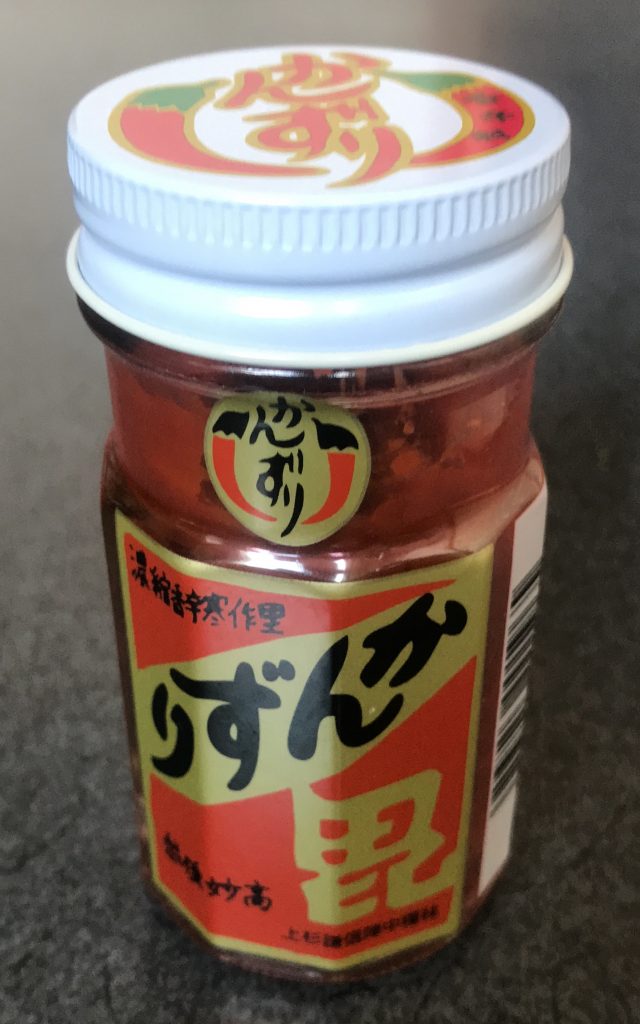

Local Sake Breweries
Niigata produces some of the best sake in Japan thanks to an overwhelming supply of high-quality rice from the fertile local farmland. Myoko is home to three wonderful breweries: Kiminoi, Chiyo no Hikari and Ayu Masamune.
A big part of the sake process in this area is the combination of snow, water and rice, which really brings nihonshu (rice wine) together. The brewing process traditionally takes place in the winter months when breweries receive recently harvested rice. The grain is then polished down to a small percentage of the initial size, which helps produce the highest quality sake. In the case of Kiminoi sake brewery, they use a particular grain of rice that has been polished down to 35 percent. After the polishing process, the rice is soaked and steamed in large pots where it is then carefully mixed with koji for the fermenting process. Once the sake is made, it is stored in large crates before being bottled to go on sale.
Many breweries offer tours where visitors can experience first-hand how sake is produced, and buy bottles of Japan’s national drink directly from those who create it.
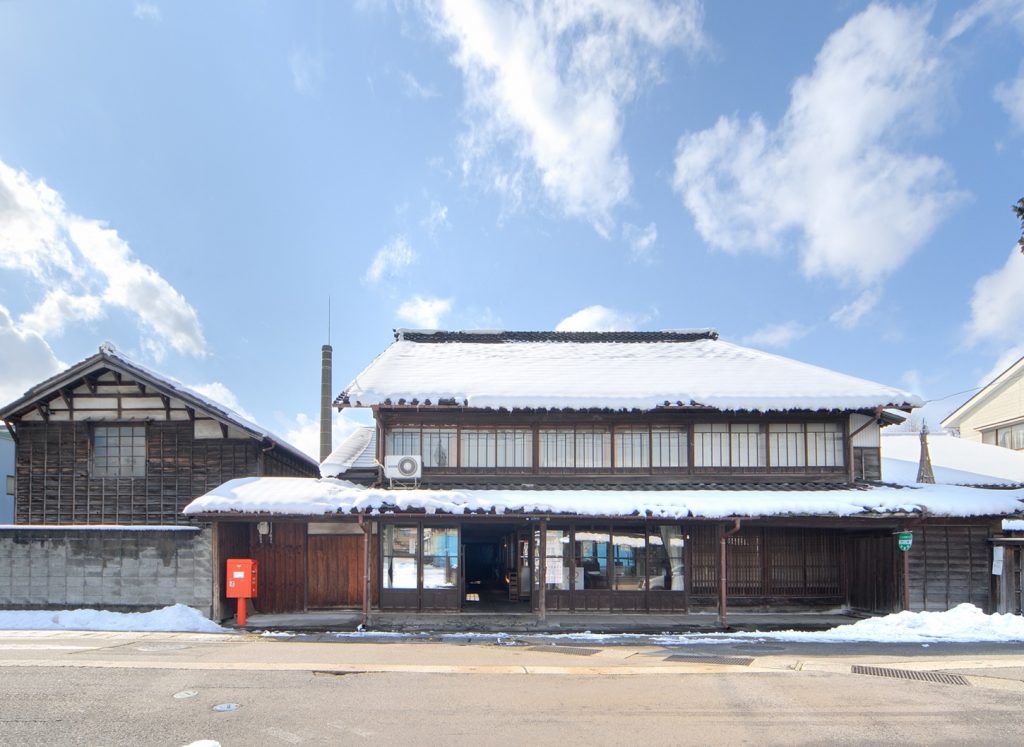
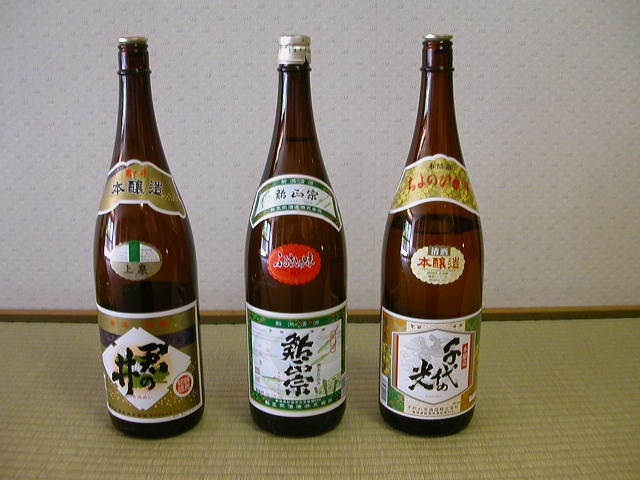
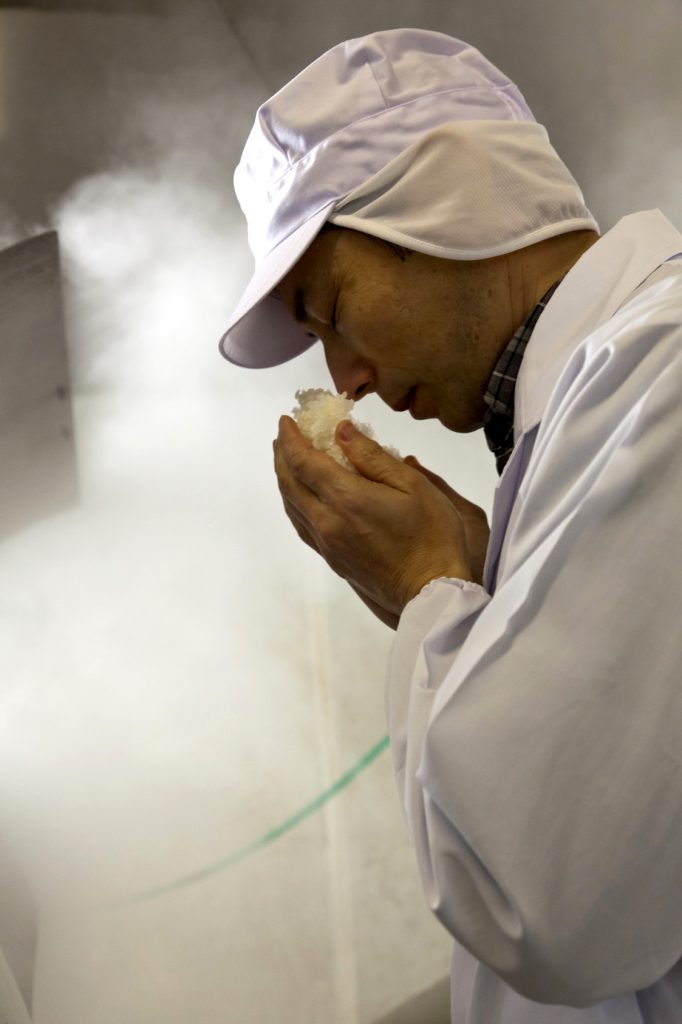
Apa Resort Apallusion
You don’t have to wait for the holiday season to get your illuminations fix. At Apa Hotels & Resorts Joetsu Myoko, you can enjoy their annual Apallusion light displays, which take place between the end of June to August and again between September and mid-November. Set up along the spacious grounds surrounding the resort, these wow-inducing light displays and projection mapping shows continually surprise guests. A stroll through the area takes approximately half an hour, but you can easily lose track of time as you make your way through the various light-themed zones that range from sprawling constellations and a planetarium, to a zoo of exotic animals and a colorful representation of Mt. Fuji. Apallusion makes a great spot for a romantic evening stroll or an attraction to entertain the whole family.
https://www.apahotel.com/resort/myoko/index.html
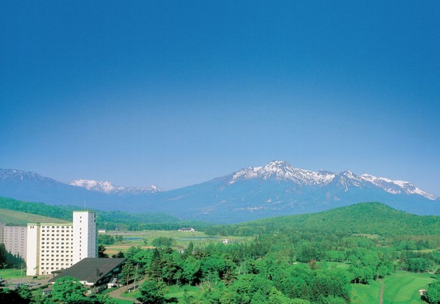
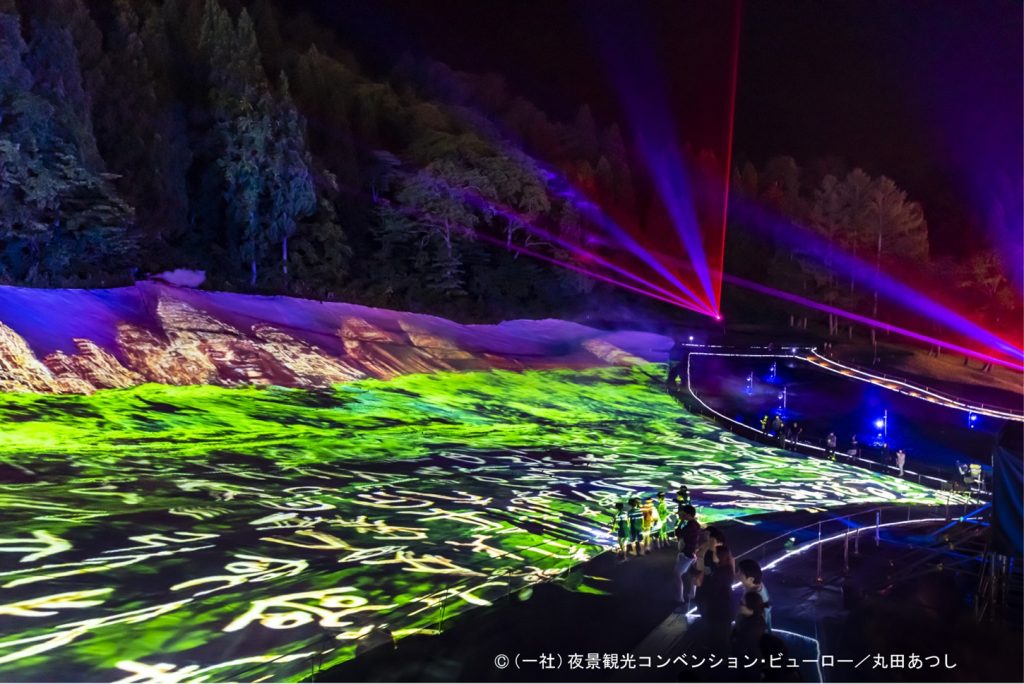
Bus Tour
Myoko’s local buses, which stop at many must-see spots in the area, offer an easy way to explore the region. In fact, these buses are the perfect way to sightsee as they give visitors the freedom to hop on and off at their leisure wherever they wish to explore.
The Myoko city buses operate three lines that are ideal for sightseeing: the Akakura, Suginosawa and Seki/Tsubame Onsen lines. These buses stop at all the main onsen spots with services every few hours, allowing you to jump back on and head to your next destination. Whether you prefer to onsen-hop your way through Myoko, or take in a few of the impressive walking trails, it’s an easy way to get around without a car. Although these buses are convenient, do note that they don’t run at a high frequency, so it’s recommended you plan your journeys in advance using the timetables to avoid lengthy waits. Visitors might also want to check out the Myoko Sanroku line, which operates between April 29th and November 4th every year. This route is designed especially for visitors and hits most of the popular seasonal destinations in the area.
Two-day tickets let visitors hop on and off these four lines as many times as they like over a period of 48 hours. Tickets can be purchased on the bus or at the local tourism office for ¥1,000 per adult and ¥500 per child. The buses stop at two of the main railway stations in the area Myoko Kogen and Sekiyama Station, making it convenient for travelers arriving or leaving by train. The Akakura and Suginosawa line both stop at Myoko Kogen Station, and the Myoko Sanroku line starts and ends at Sekiyama Station.
Akakura Onsen Tourist Office
Akakura Onsen Myoko-city Niigata-ken 949-2111
Tel : (+81)-255-87-2125
https://myokotourism.com
